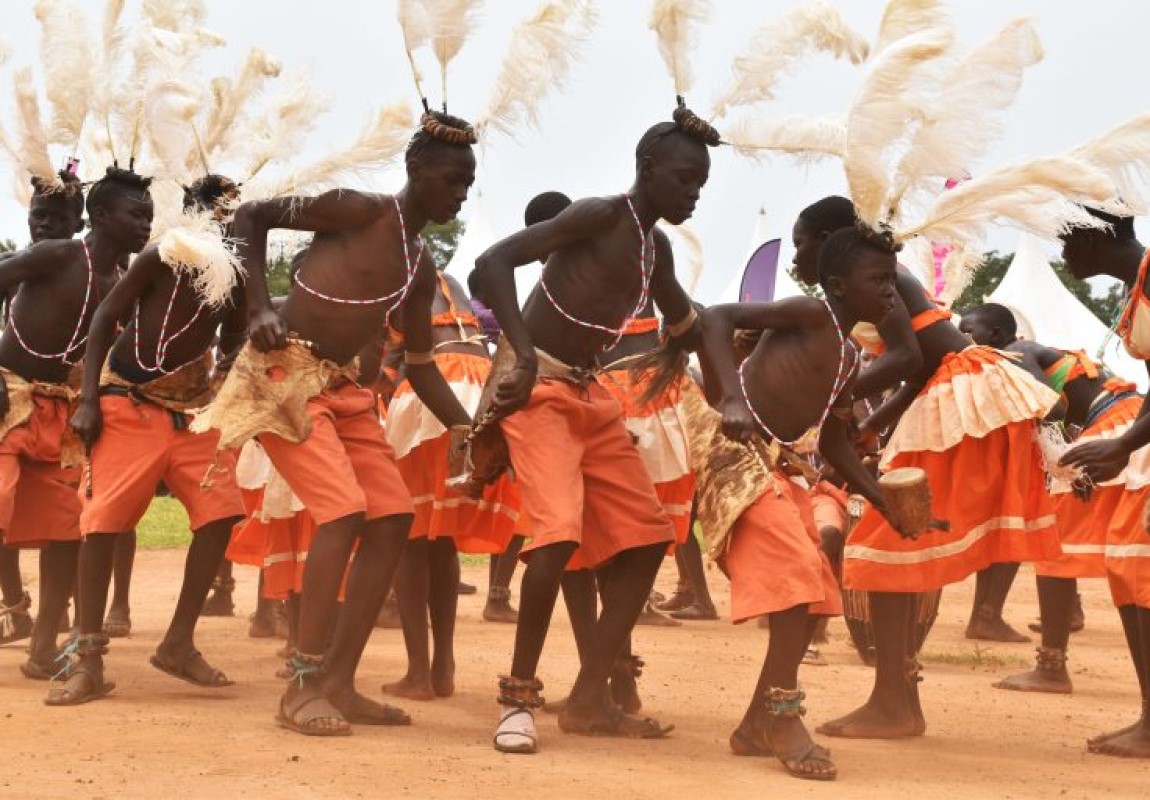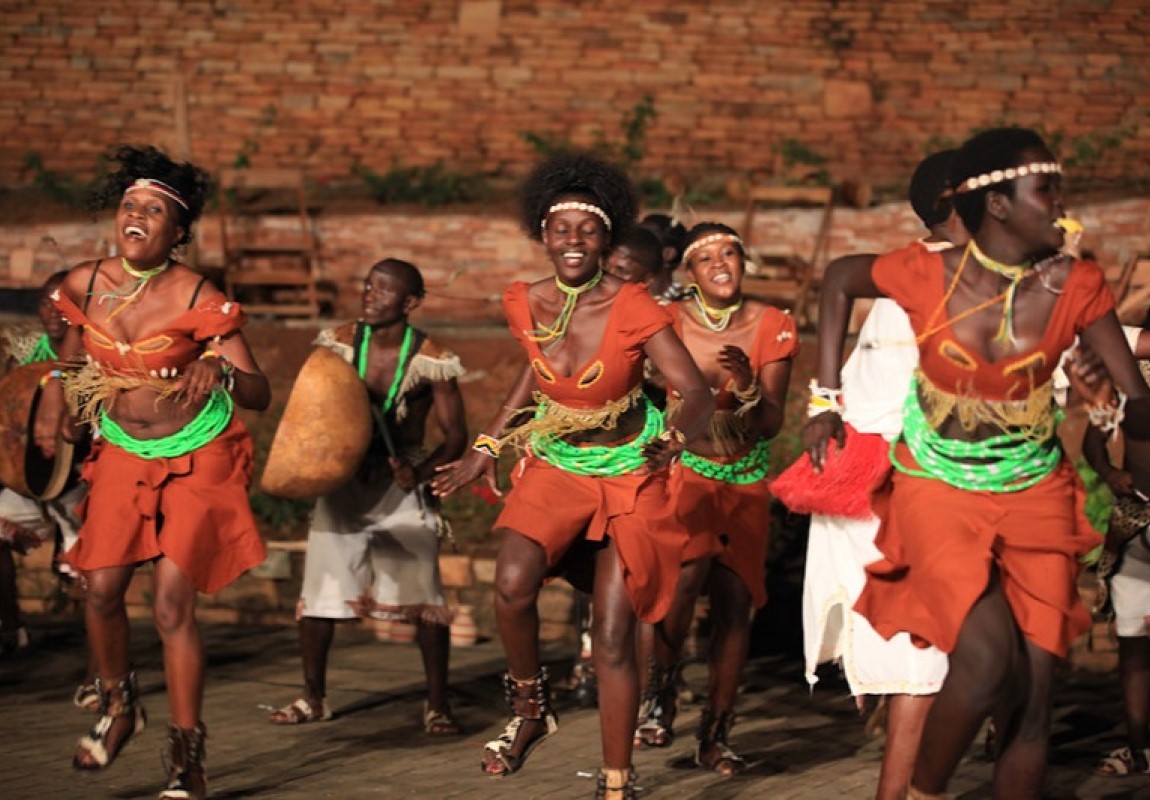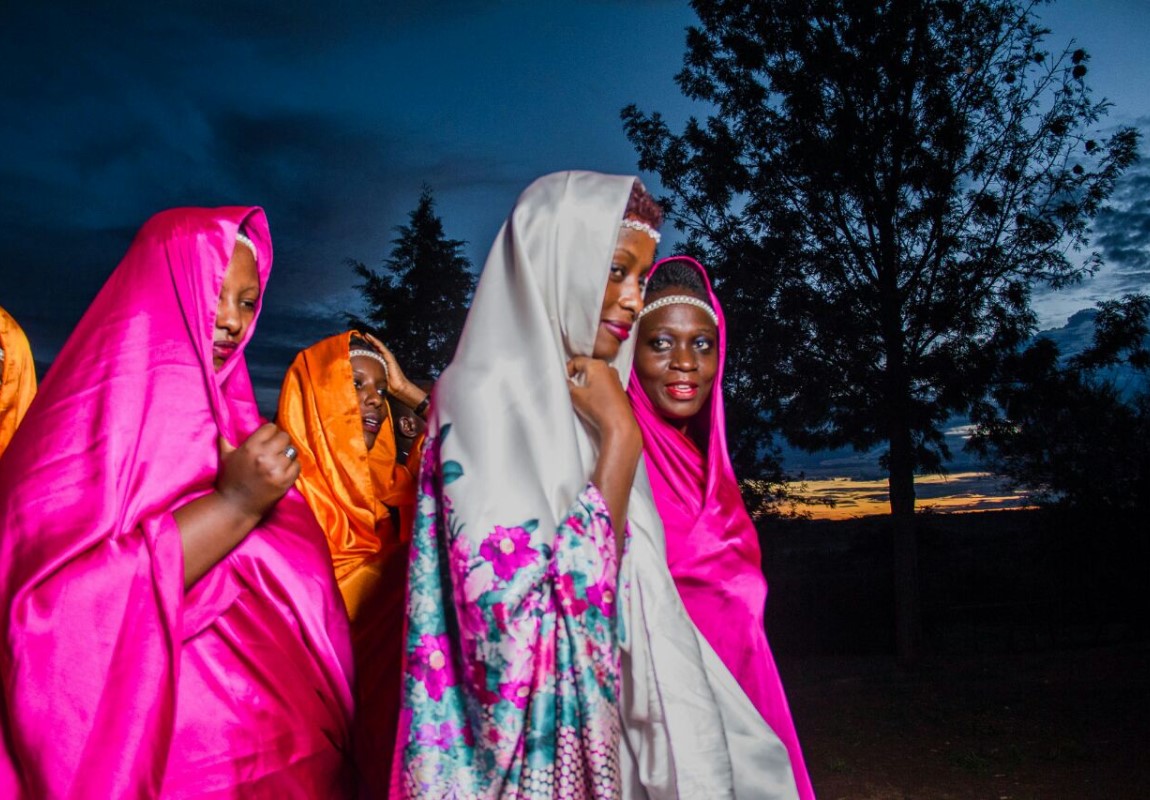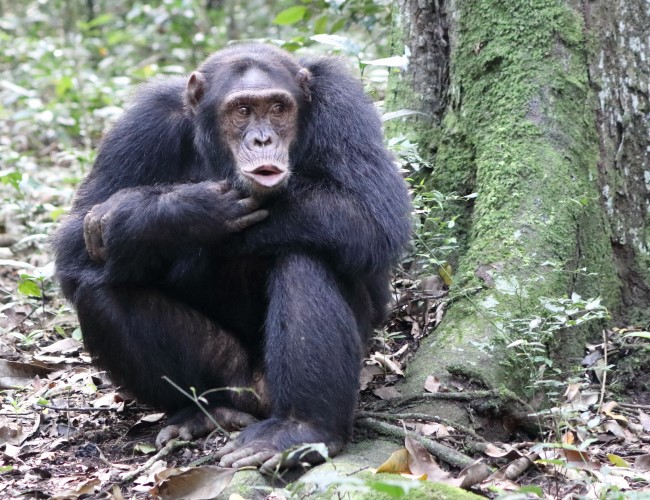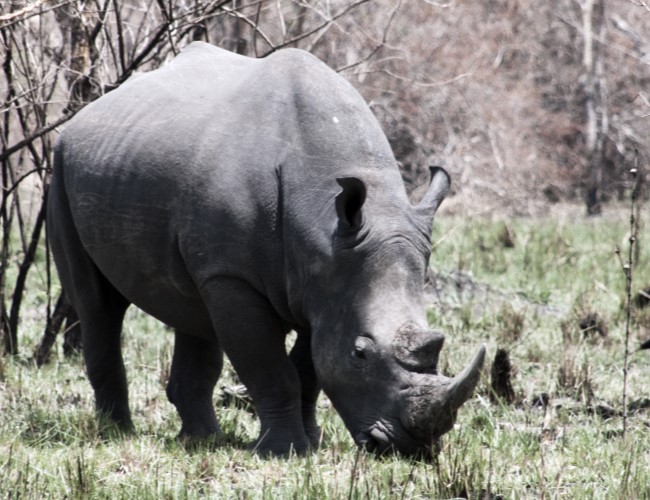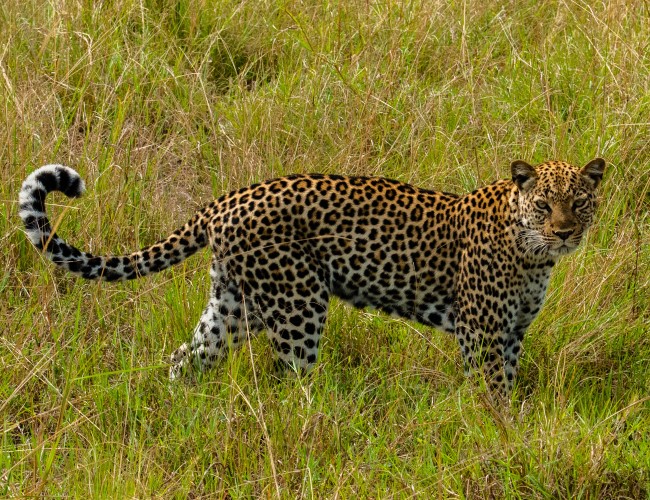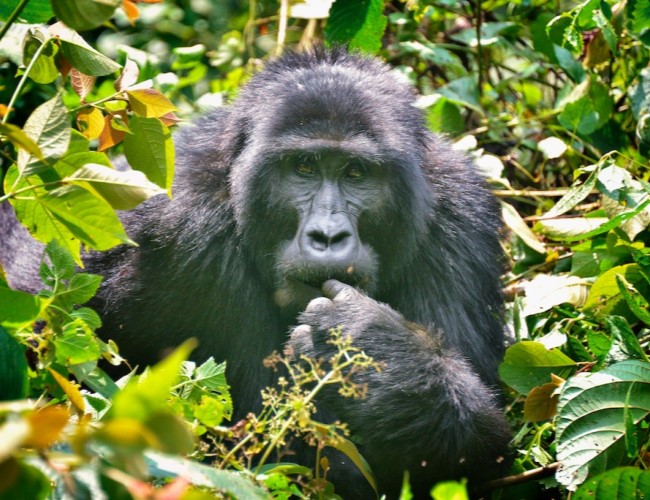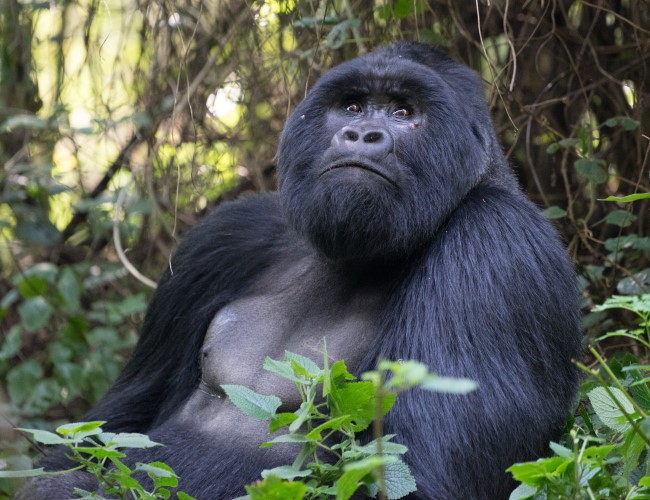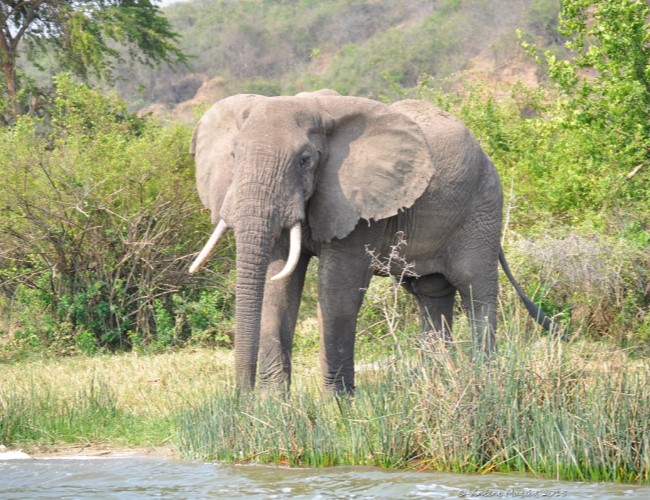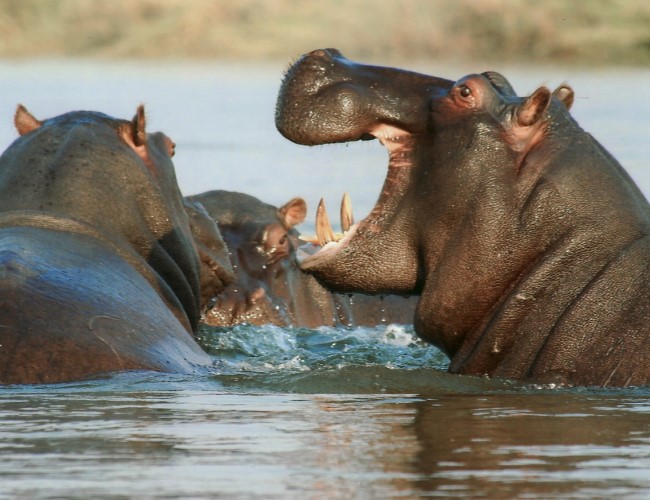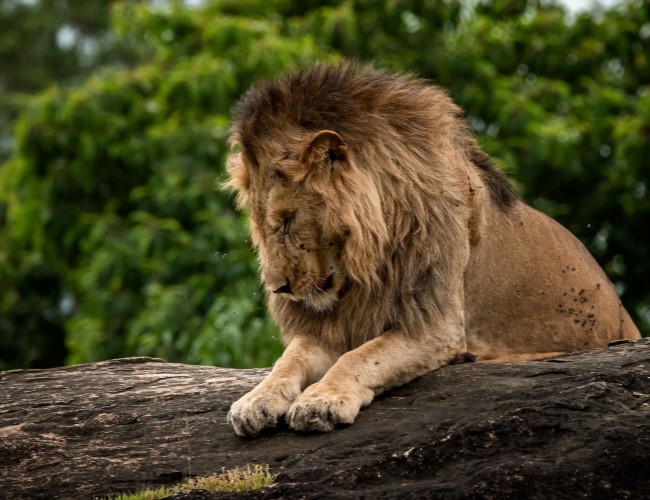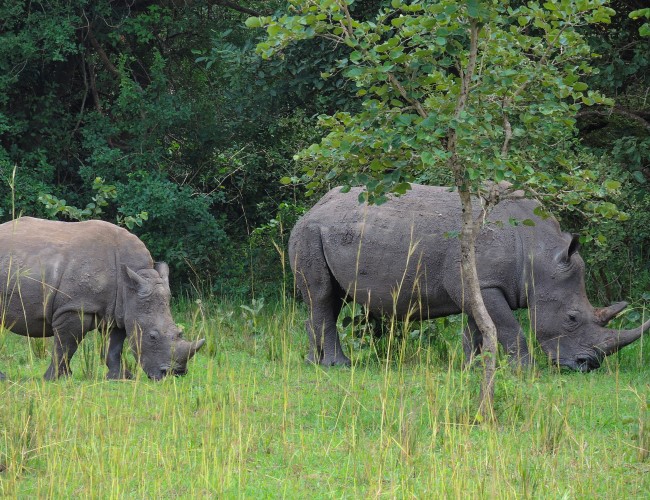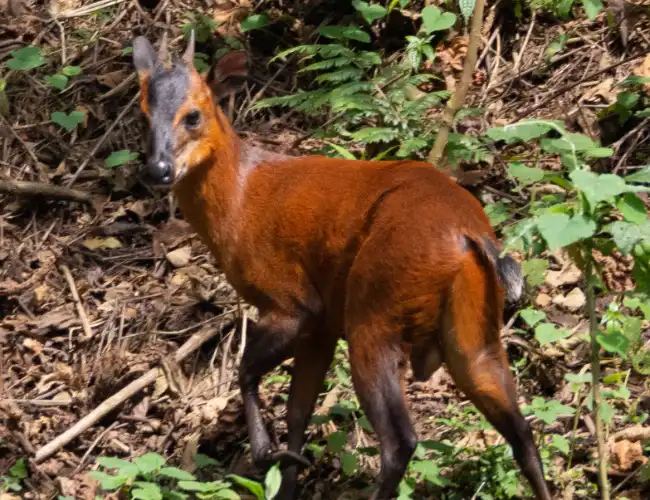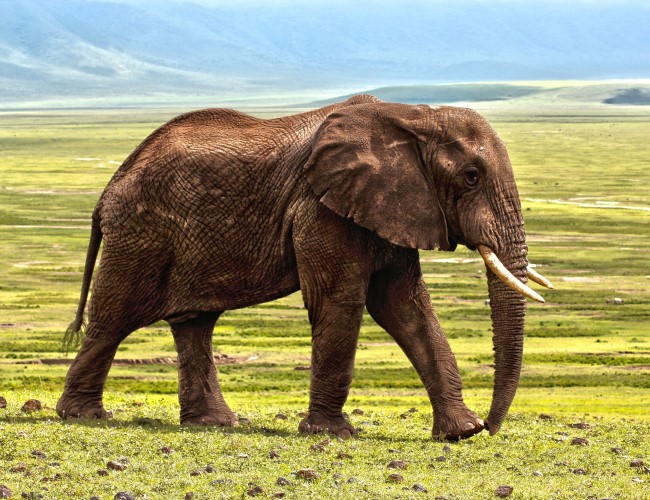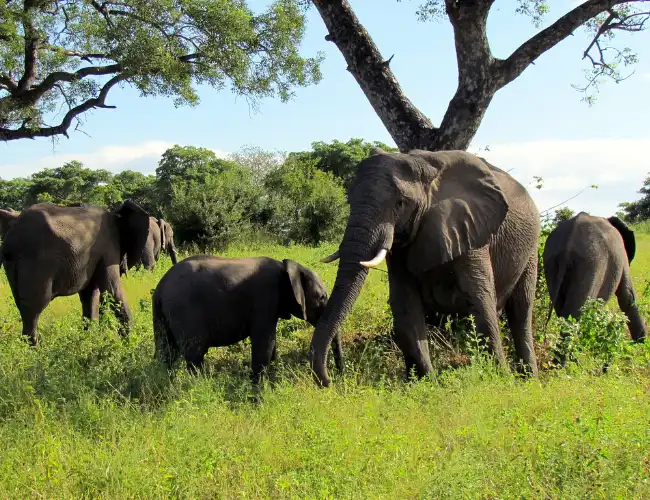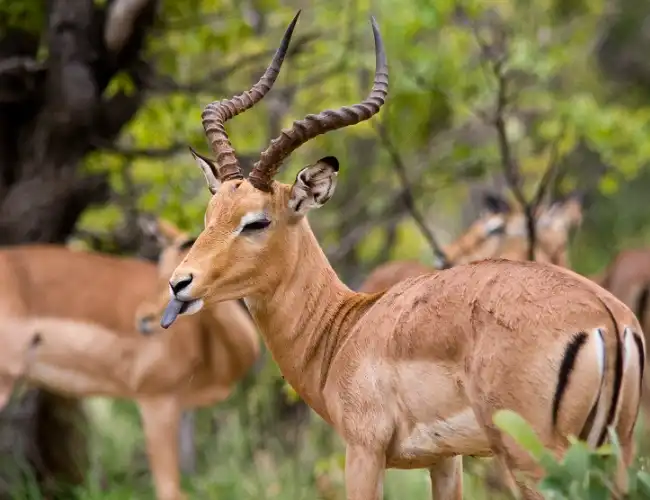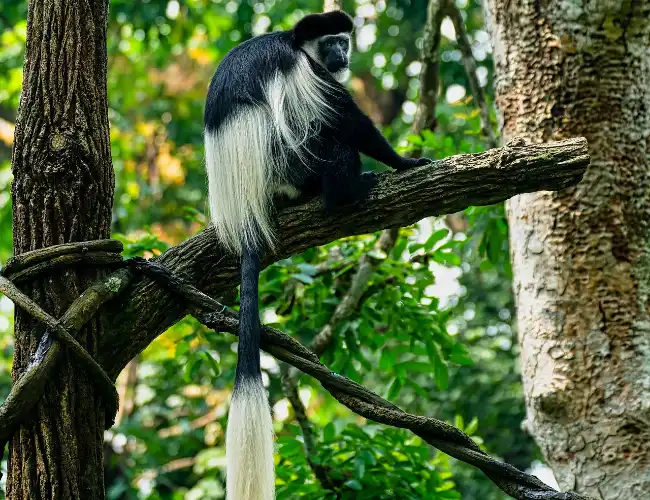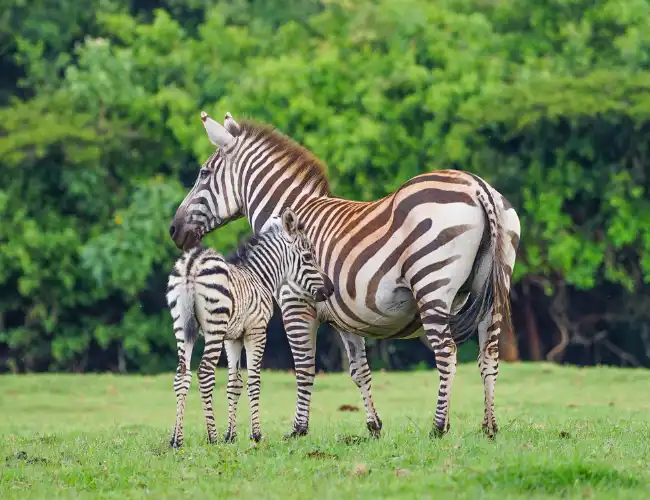Starting from
$475PP
Overview
Uganda is a landlocked country that lies to the north of Tanzania and Rwanda and to the west of Kenya. Uganda has a wide variety of different habitats, including mountains, hills, tropical rainforest, woodland, freshwater lakes, swamps and savanna with scattered clumps of trees. There are ten national parks and thirteen wildlife reserves; some 345 species of mammal and 1020 species of bird have been recorded in the country. For Gorilla trekking, you can visit Bwindi or Mgahinga where roughly half of the world’s population of mountain gorillas is available. Whereas chimpanzees can be easily spotted in Kibale National park with its 13 species, as well as 70 species of mammals and over 375 bird species. Queen Elizabeth National Park hosts four of the big five (the rhino is sadly not present), as well as antelope, chimps and other primates. All five of the Big five can be only spotted in Murchison National Park in Uganda.
Pros & Cons
- Low-density tourism and eco-friendly lodges
- Excellent wildlife viewing in northern parks
- Beautiful and diverse scenery of dry desert, saltpans, savannah grasslands and delta waterways
- Low population and vast, undeveloped areas
- Political stability and safety
- Expensive upmarket safaris with few budget options
- Availability can be limited during high season
Popular Locations
Map in Africa
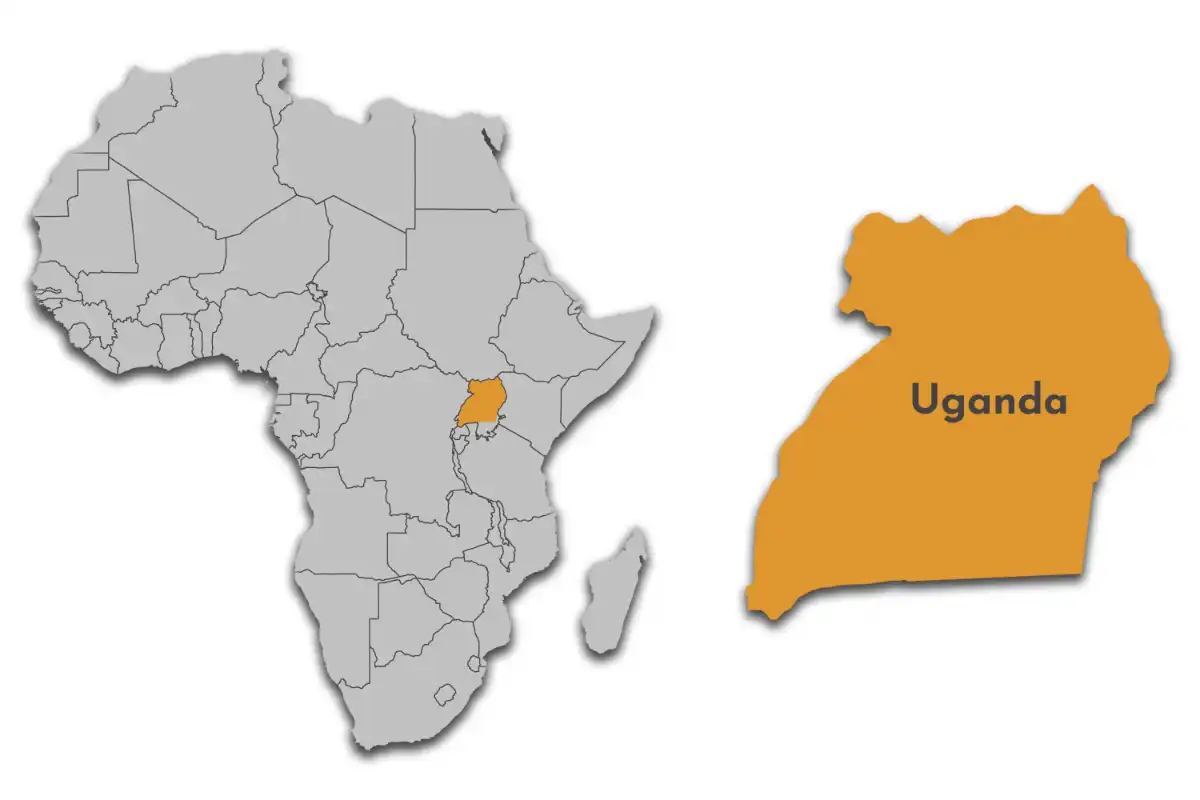
Safari Reviews
Want to Visit Uganda?
Gallery Images
Explore the stunning beauty of Uganda through our curated collection of photographs and videos showcasing its landscapes, wildlife, and culture.
Want to Visit Uganda?
Best Time to Visit – Uganda
The best time to visit Uganda is during the dry seasons which come twice a year (December to February and June to September). The dry season will be the best time for trekking to see mountain gorillas and chimpanzees. Also for game watching it's the best time to visit as there is less vegetation and wildlife seeks out waterholes.
June to August & December to February (Dry Season)
- Best time for Gorilla & Chimpanzee trekking
- As vegetation is less and animals gather around river crossing and waterholes, Its easier to spot wildlife
- Usually, during the high season, parks are less crowded
- Clear blue skies and most of the days are sunny
- Need to book Gorilla permits in advance
March to May & September to November (Wet Season)
- Due to heavy rains, the scenery of the savannah reserves is greener
- It's a low season hence lower rates
- It's challenging to drive in forest trails as roads become very slippery
Best Time to Go to Uganda by Major Park
The best time to visit most of the parks is in the Dry season only (June to August & December to February)
Want to Visit Uganda?
Wildlife & Animals
Uganda is home to some of the most diverse and concentrated African wildlife, including the highly endangered mountain gorilla, as well as the chimpanzee. Uganda has 1o national parks and 12 wildlife reserves to choose from, offering safaris of all kinds to its visitors. Besides gorillas and chimpanzees, visitors could see elephants, eland, hippos, lions, leopards and more. Uganda also offers great savannah safaris, and all of the Big Five are present. Lions can be easily spotted in Queen Elizabeth, Murchison Falls and Kidepo national parks.
Wildlife Highlights
Around 345 species of mammals have been recorded in the country. Nearly half of the mountain gorillas in the world live in the Bwindi Impenetrable National Park, and it is also a sanctuary for colobus monkeys and chimpanzees. In the Queen Elizabeth National Park, there are 95 species of mammal, including African buffalo, Ugandan kob, hippopotamus, Nile crocodile, African bush elephant, African leopard, lion, and chimpanzee. In Kibale National Park there are 13 species of primates which includes several habituated communities of the common chimpanzees, as well as several species of Central African monkey including the Uganda mangabey, the Ugandan red colobus, the L'Hoest's monkey, the black-and-white colobus and the blue monkey.
Best Time for Wildlife Viewing
The best time to visit Uganda is during the dry seasons which come twice a year (December to February and June to September). The dry season will be the best time for trekking to see mountain gorillas and chimpanzees. Also for game watching it's the best time to visit as there is less vegetation and wildlife seeks out waterholes.
Want to Visit Uganda?
Birds
Uganda is regarded as a hotspot for biodiversity with 1,020 species of bird (around half of the total number found in Africa). Of them, one is endemic, 66 are accidental, and three have been introduced by humans. Migrant birds are present from November to April.
Best Time for Wildlife Viewing
The best time for birding in Uganda is from May to September when there is less rain. In Bwindi & Mgahinga National park, the best time for birding is May to June. The best time for primate tracking and wildlife viewing in the savannah reserves is also in the Dry season, from June to August and December to February.
Want to Visit Uganda?
Activities
From game drives and walking safaris to cultural encounters and adventure excursions, Uganda offers a wide variety of activities for every type of traveler.
Want to Visit Uganda?
Cuisines
Their cuisine is influenced by English, Arab and Asian flavours. Most of their food has starch as a base, with sauces of beans or meat to add flavour to it. The wealthier part of Uganda enjoys several courses. The starch is maize meal or matoke (boiled or mashed green bananas). In the north, they use pearl millet. Ugali (maize flour) is mixed with water for porridge for breakfast for children. Cassava, yam and African sweet potato are also added to their diet. The wealthier Ugandans enjoy rice and Irish potato. Soybeans are also eaten here, usually for breakfast and Chapati (which you may be familiar with as Asian flatbread) is also used to extend meals, with various fillings in it. For protein, they eat chicken, fish, beef, goat and mutton, but in the rural areas, there would have to be a celebration of some sort before they slaughter an animal for the table, as they do not eat meat every day.
Culture
Uganda has a diverse ethnic population and many different languages, including Luganda (the most common), English (spoken by a small percentage of the population), Bantu, Swahili, Nilotic, and Lumasaba. Africans enjoy dancing, and Uganda is no exception. Dance is used to commemorate any ceremony or special occasion. Tamenhaibunga, a dance based on the importance of love and friendship, is performed by the Basoga in the east. It literally means "good friends drink together without fighting to avoid breaking the gourd that holds the drink!"
Want to Visit Uganda?
National Parks & Game Reserves
Uganda is home to some of the most spectacular national parks and game reserves in Africa. From vast savannahs to dense forests, each park offers unique landscapes, diverse wildlife, and unforgettable safari experiences. Whether you’re searching for the Big Five or hidden natural wonders, Uganda has something for every safari enthusiast.
Kibale National Park
Kibale National Park contains some of the most beautiful and varied tropical forests in Uganda. N...
Murchison Falls National Park
Murchison Falls National Park lies at the northern end of the Albertine Rift Valley, where the sw...
Queen Elizabeth National Park
Queen Elizabeth National Park is the most popular tourist destination in Uganda. The park’s div...
Bwindi Impenetrable NP
Bwindi Impenetrable National Park is an Afro-montane rainforest situated at the edge of the Rift ...
Mgahinga Gorilla National Park
Mgahinga National Park is the country’s smallest park, covering only 33.7 km². Mgahinga’s mo...
Lake Mburo National Park
Lake Mburo National Park lies in the middle of an extensive rich acacia woodland which is one of ...
Katonga Wildlife Reserve
The Katonga Wildlife Reserve is a wildlife reserve in western Uganda, along the banks of the Kato...
Kidepo Valley National Park
Kidepo Valley National Park is Uganda’s most remote and isolated park, yet breathtaking, admira...
Budongo Central Forest Reserve
The Budongo Forest is a moist, semi-deciduous tropical rainforest located at the top of the Alber...
Toro Semliki Wildlife Reserve
Toro-Semliki Wildlife Reserve has a dramatic rift valley setting between the Rwenzori, Kijura esc...
No reviews yet for this destination. Be the first to share your experience !
Safety & Security
Uganda is generally safe to visit, in our opinion. The people are welcoming and eager to welcome visitors to their country. Several governments have advised against travelling to some remote areas, but tour operators will only take you to safe areas. Please see the travel advisory links below for more information on these remote areas. There is some crime in the cities, as in many other countries, but most problems can be avoided by taking basic safety precautions. Every year, a large number of tourists visit Uganda, and the vast majority of them have a pleasant experience.
Please see the links below for travel advice on Uganda Safari Trips:
- United Kingdom: UK Travel Advisory
- United States: US Travel Advisory
- Canada: Canada Travel Advisory
- Australia: Australia Travel Advisory
- Ireland: Ireland Travel Advisory
- New Zealand: New Zealand Travel Advisory
General Safety Tips
- Keep valuables secure and avoid displaying expensive items
- Stay alert in crowded areas and tourist hotspots
- Use registered tour operators and licensed guides
- Follow local customs and respect cultural sensitivities
- Keep copies of important documents in a safe place
Safari Safety
- Always follow your guide's instructions during game drives
- Stay inside your vehicle unless instructed otherwise
- Keep noise levels low to avoid startling wildlife
- Never approach or feed wild animals
- Carry essential medications and first aid supplies
Health & Medical
Want to Visit Uganda?
Getting There
From outside East Africa, Uganda can be easily accessed either by road or Air and mostly by Air to Entebbe International Airport (EBB). Water transport can also be used to travel in and around our destinations especially the ferry crossing from the Southern part of Murchison Falls National Park to the Northern part of Murchison Falls National Park. Flights to Uganda are cheapest during the rainy seasons from March to May and October to November. The best wildlife viewing months are June to September and December to February, when flights are likely to be more expensive.
Travel Requirements
- All foreign visitors need a passport that is valid for at least six months
- Passports must have a clean and a full visa page for endorsement.
- When arriving from a yellow-fever-infected country in Africa or the Americas a yellow fever vaccination certificate is required.
- Citizens of most countries require a visa. A list of countries that don't need a visa is available.
- Visas are best obtained in advance through an official online visa-application portal (https://visas.immigration.go.ug/), but they can also be obtained through your local Tanzania Embassy or High Commission.
- Visas can also be obtained on arrival but this is a lengthy process that can take one to two hours.
- Tourist visas are available for Uganda only, or East Africa (which covers entry to Uganda, Kenya and Rwanda) for the same cost.
Domestic Transportation
Aerolink runs scheduled domestic flights to several parks or nearby gateway towns.
Fly Uganda recently resumed flights to Kihihi (for the Bwindi and Ishasha sectors of Queen Elizabeth) and intends to extend its network of flights in 2019. Alternatively, your tour operator can organize charter flights at a very high price. The only destination in Uganda that is more often reached by air than by road is the remote Kidepo Valley National Park.
International Flight Connections
Want to Visit Uganda?
The dry months typically offer the best wildlife viewing. Shoulder months can balance good sightings with fewer visitors.

 English
English French
French

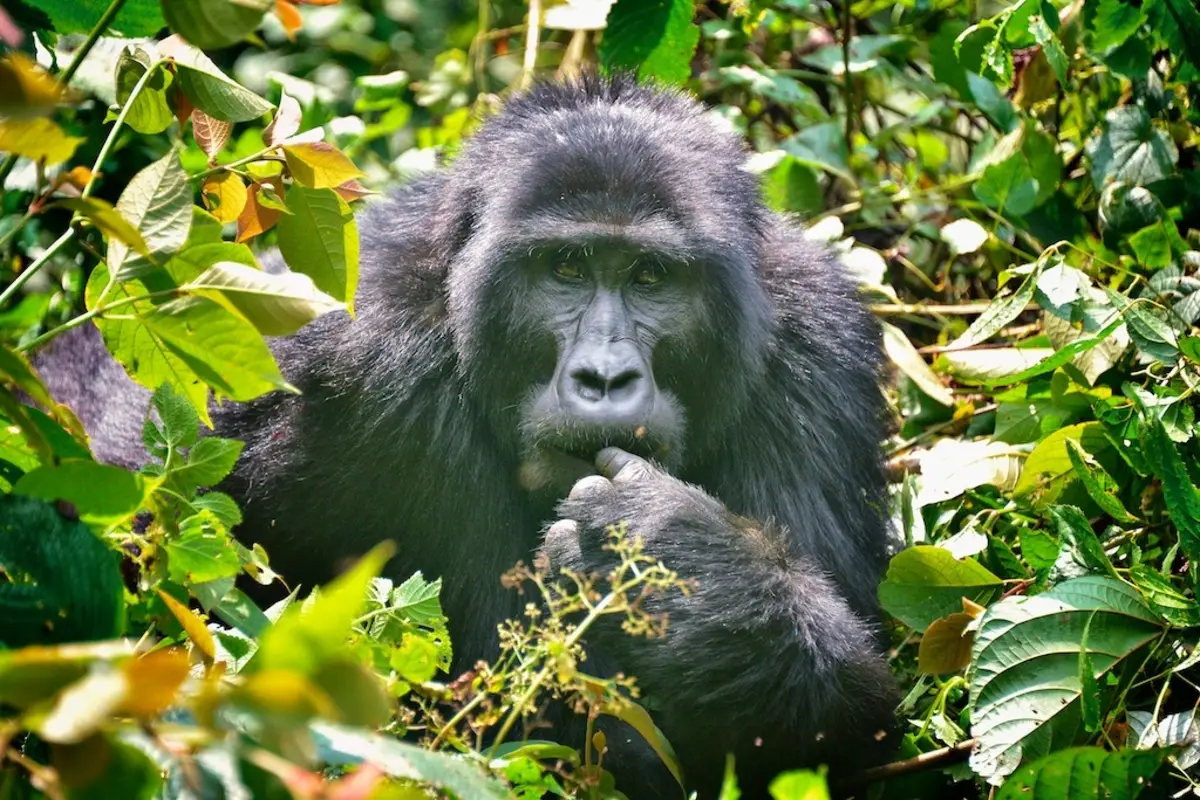
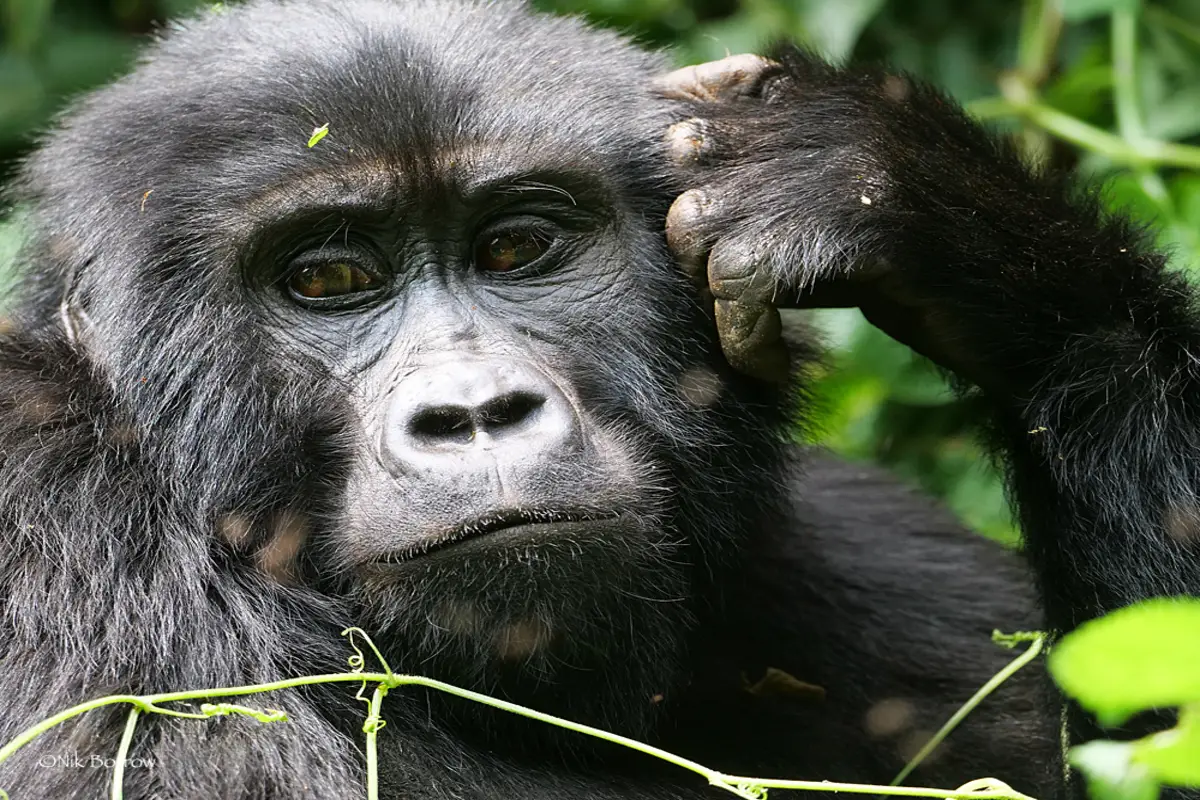
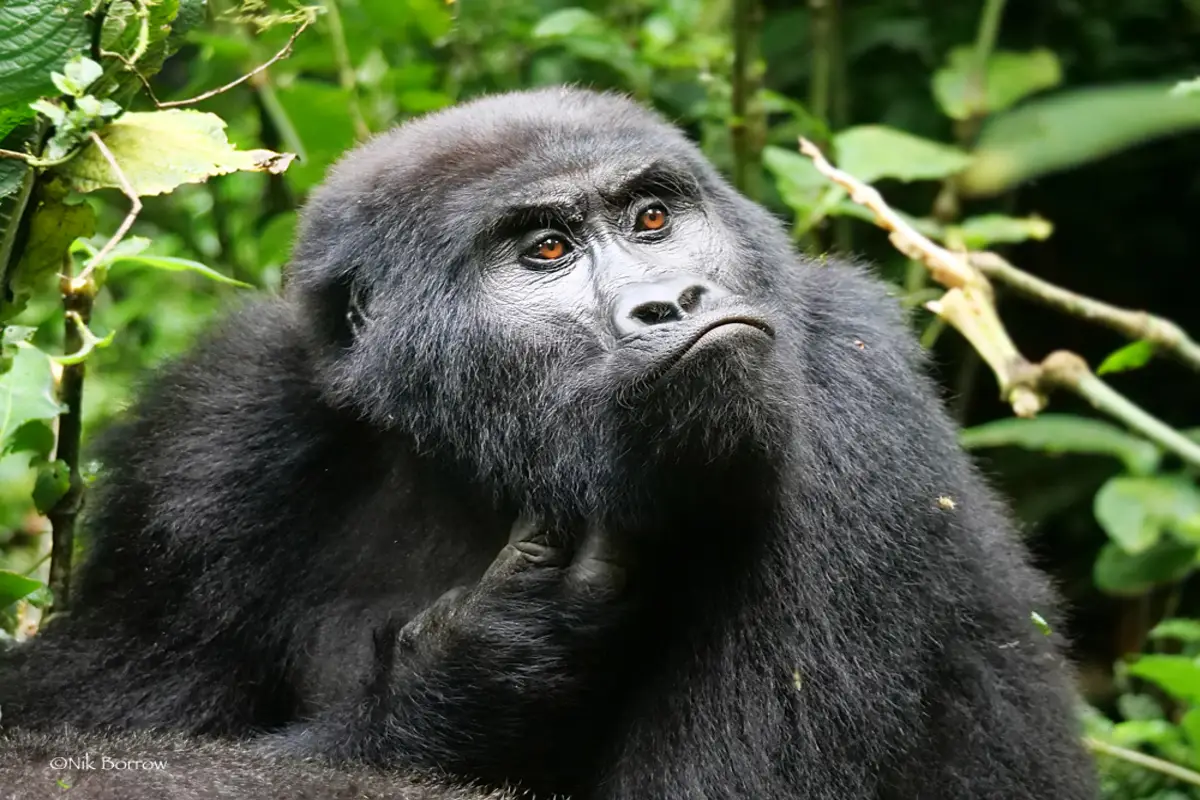
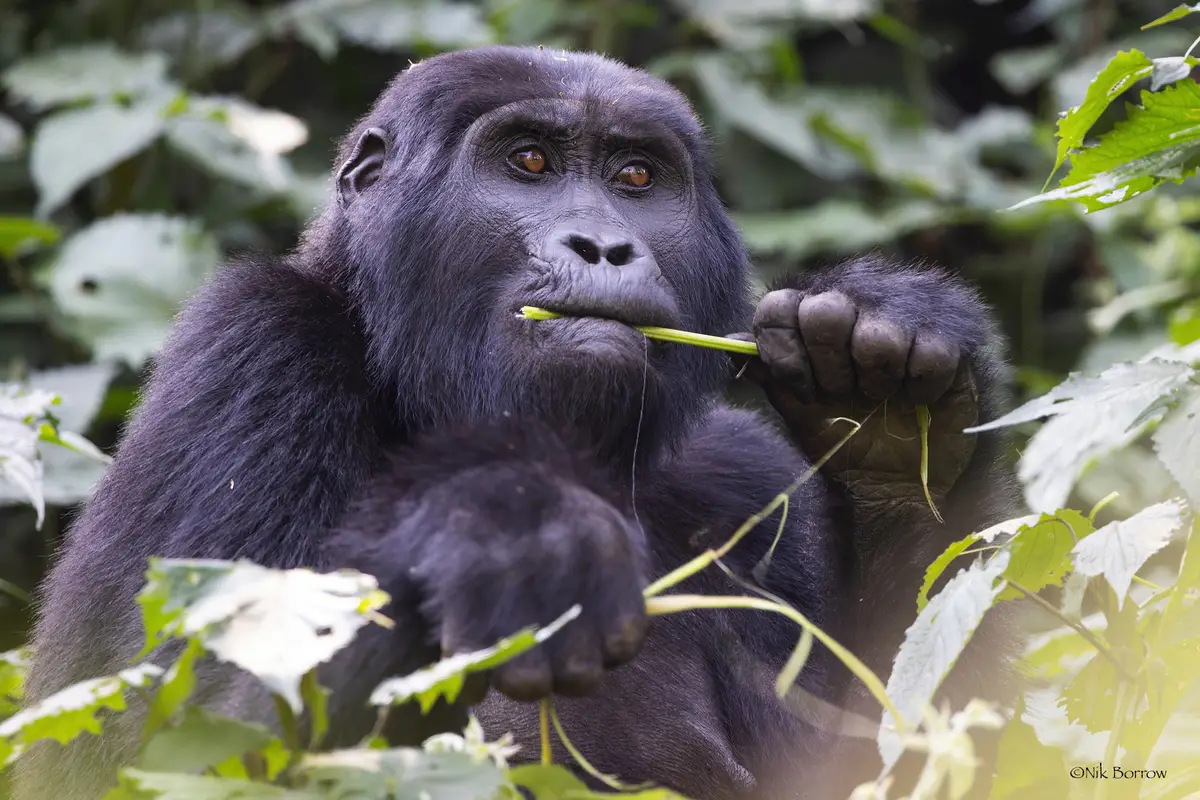
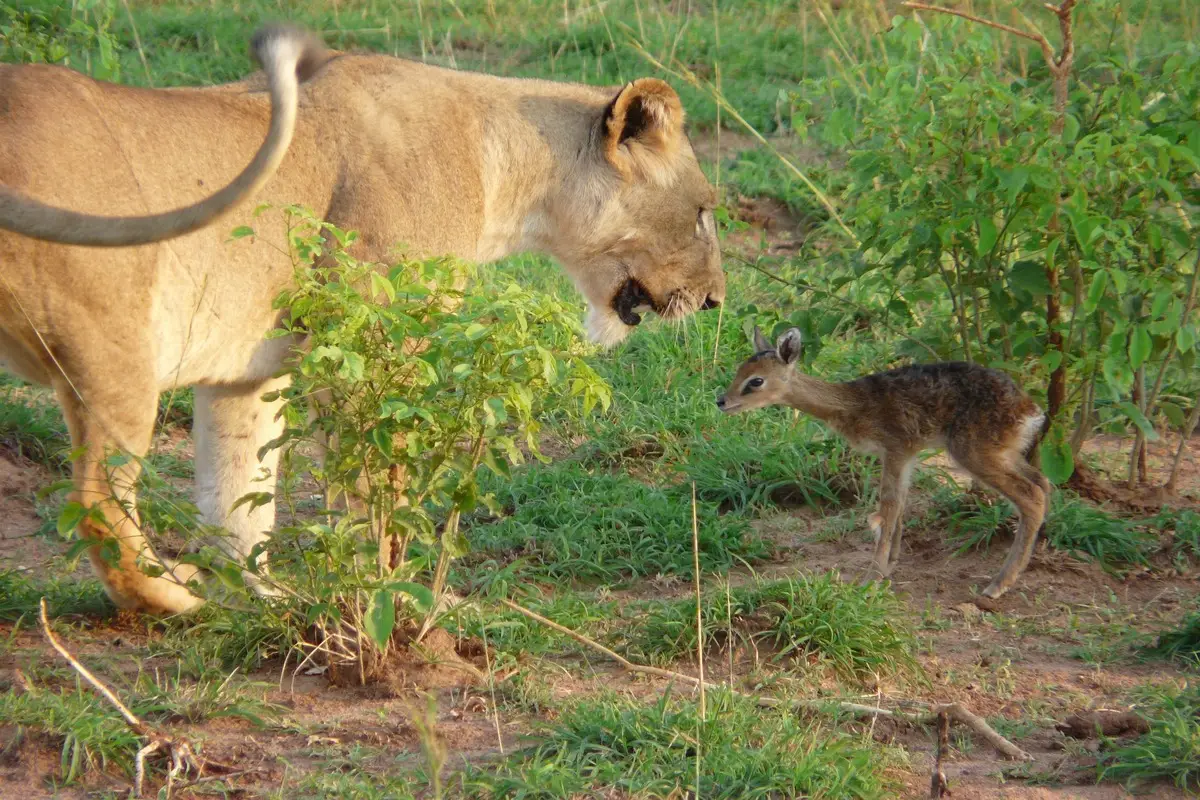
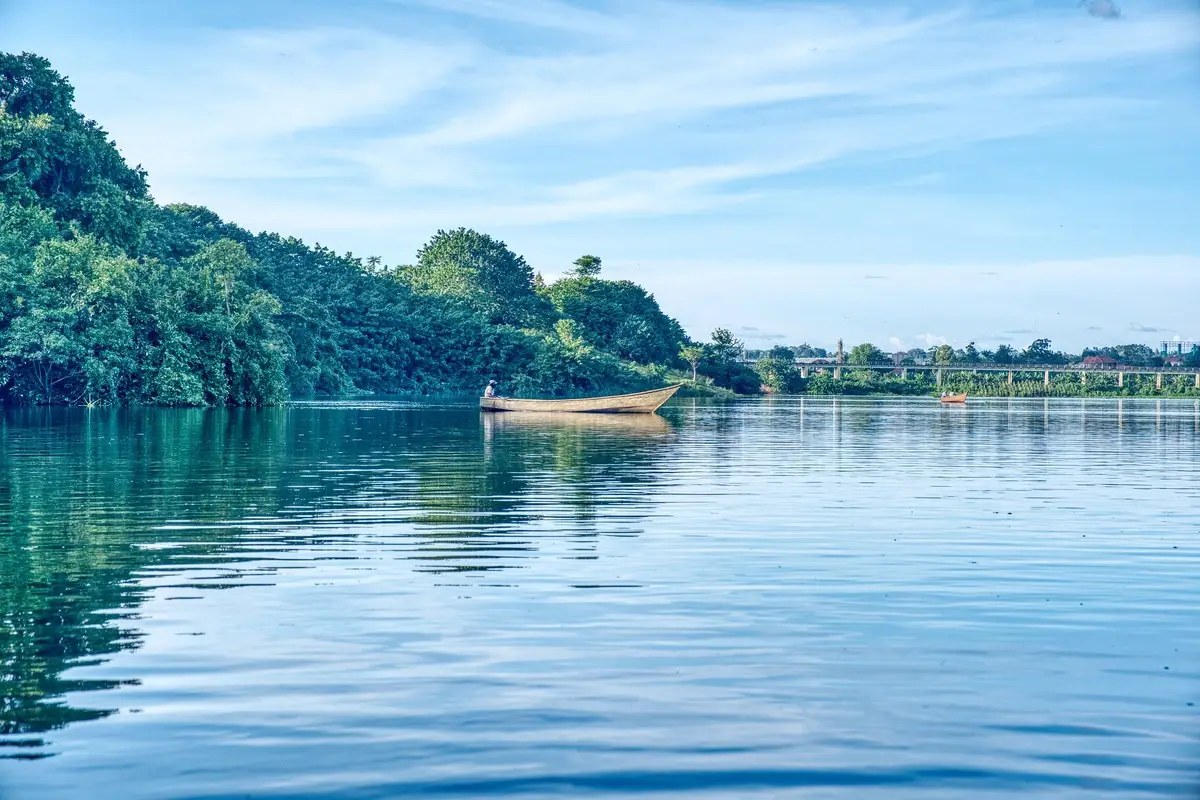

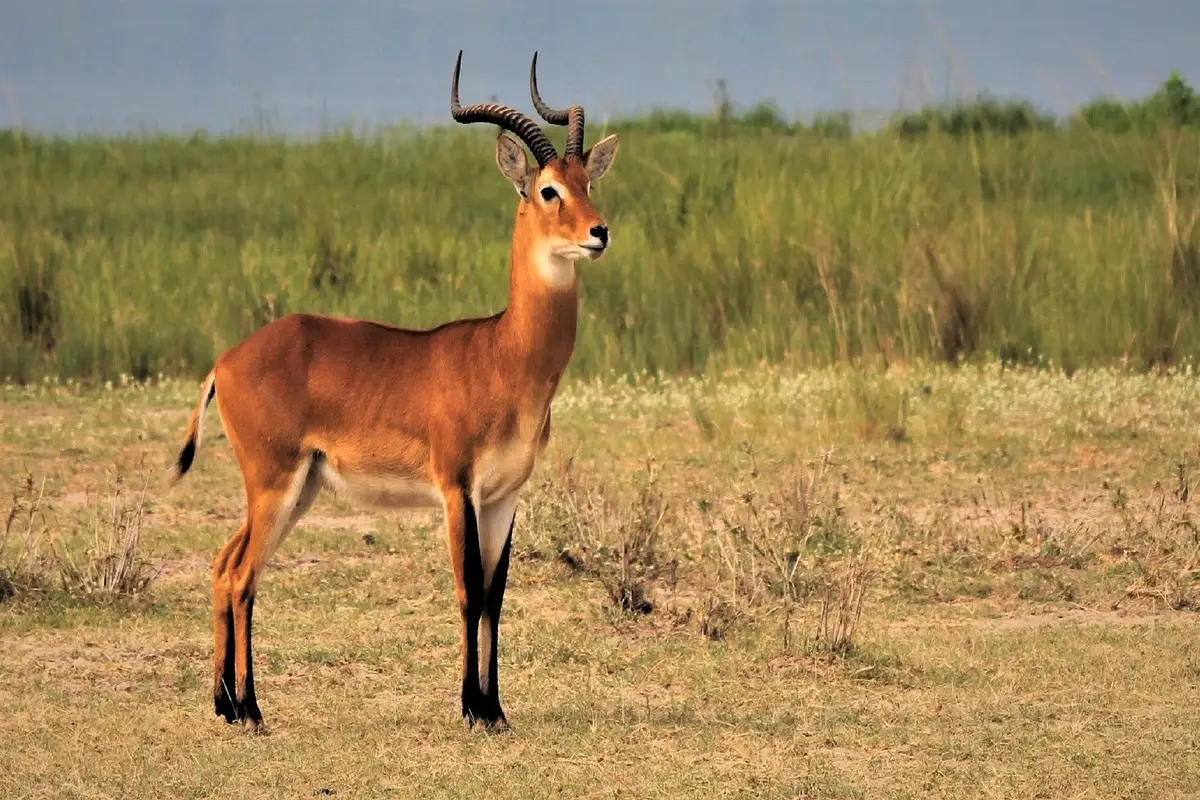
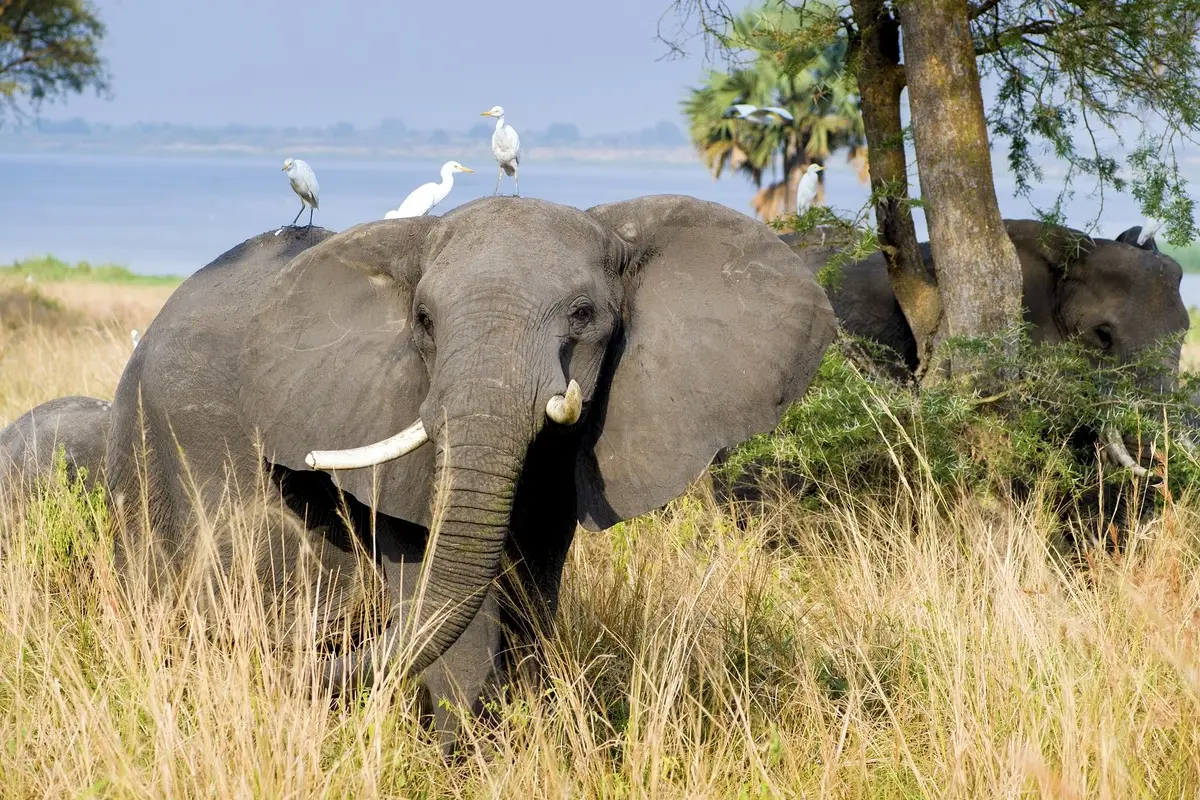
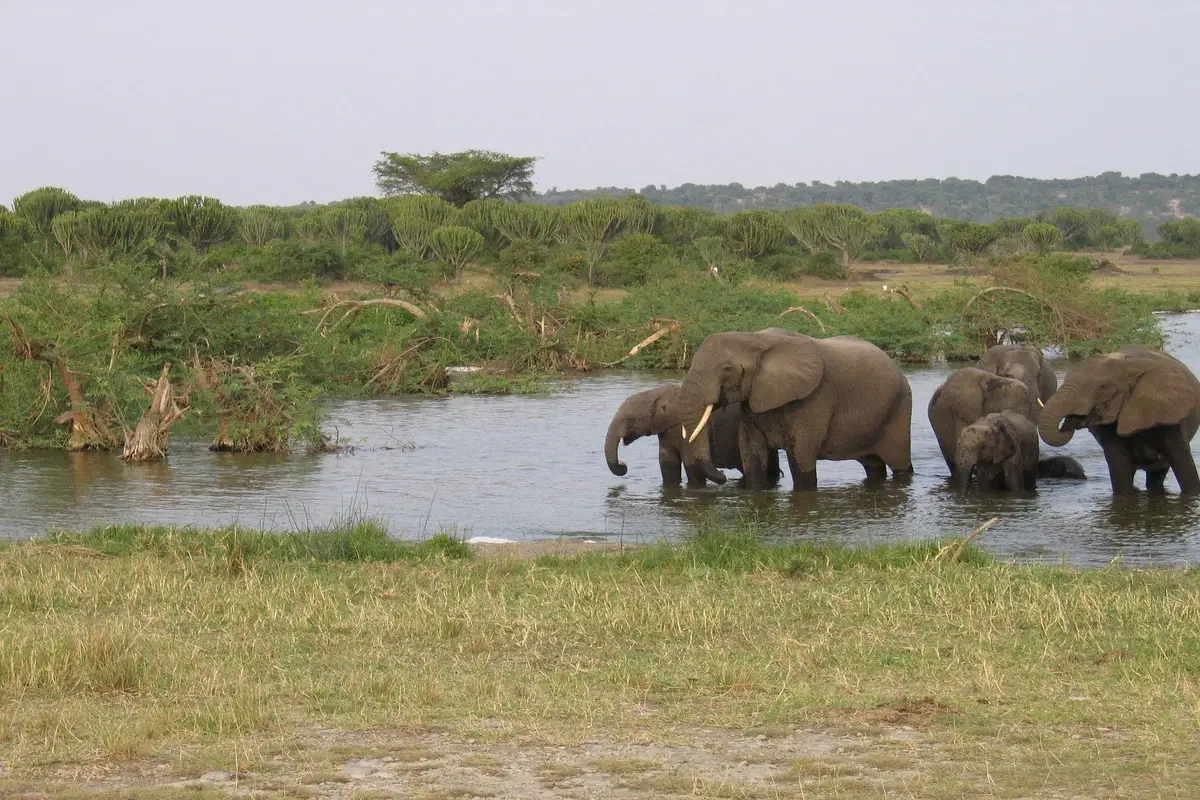
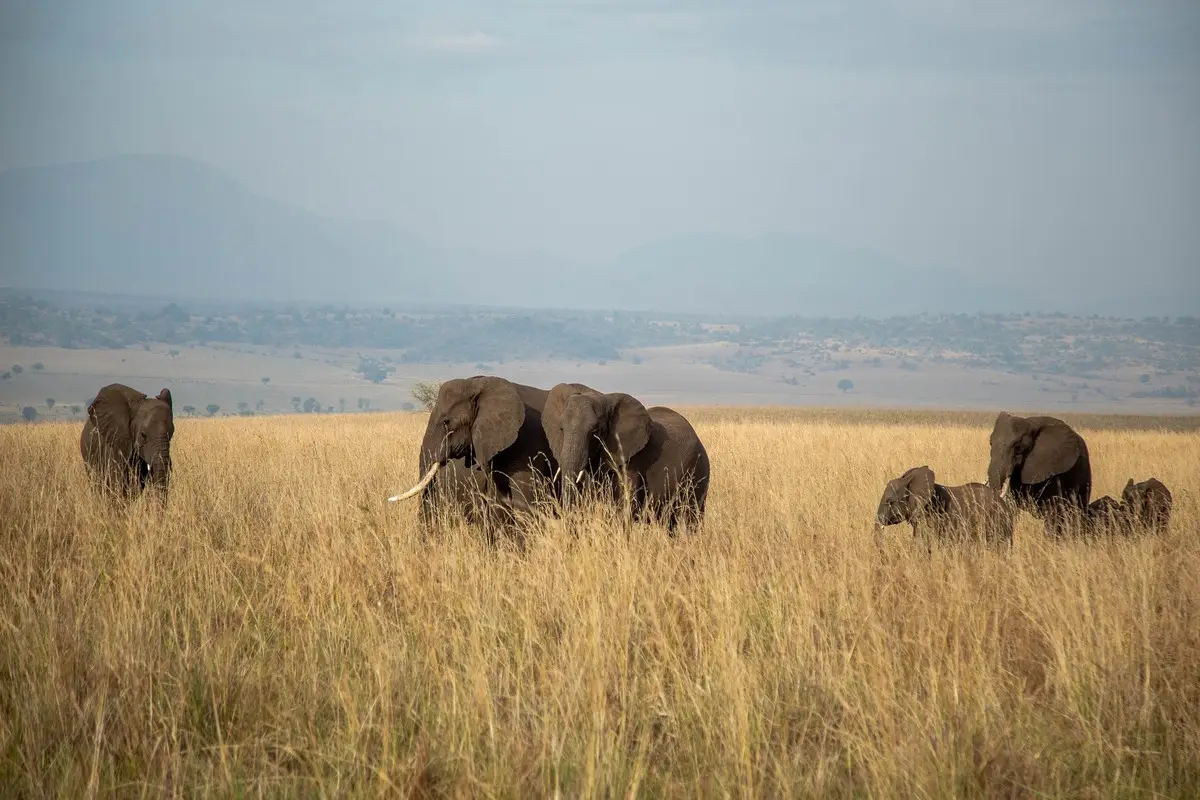
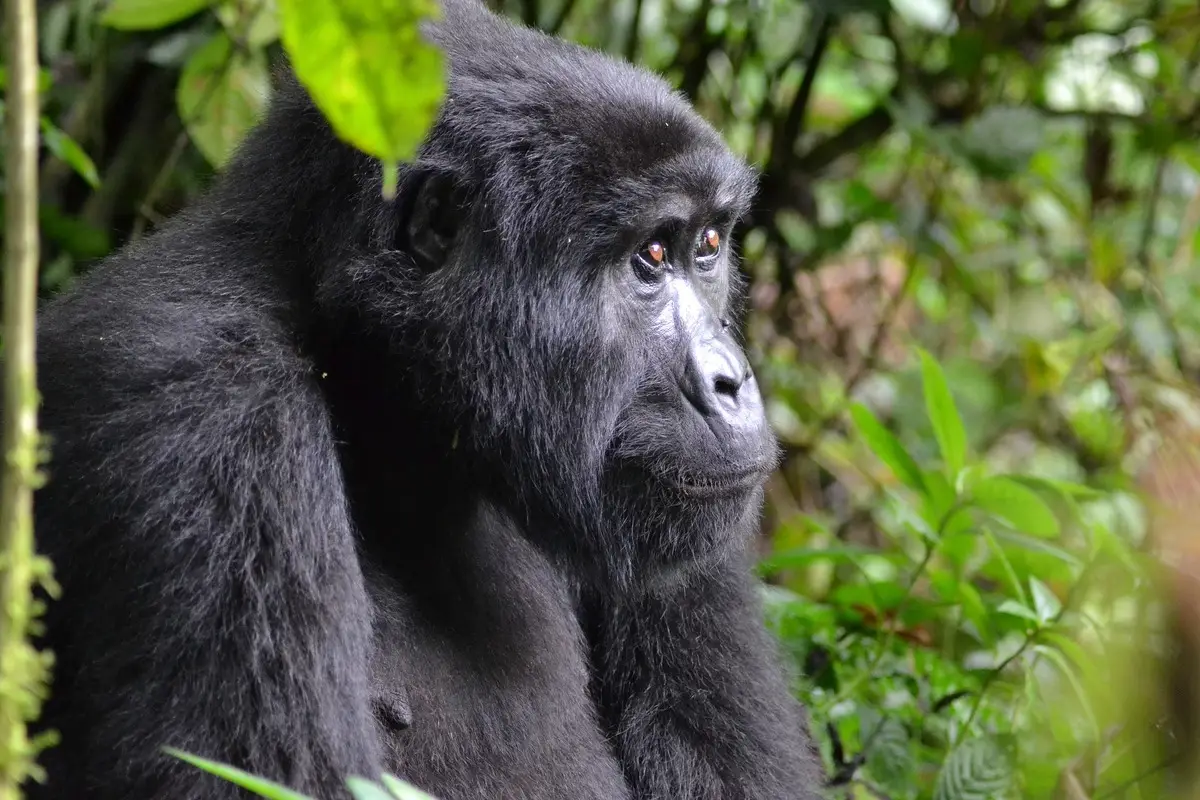
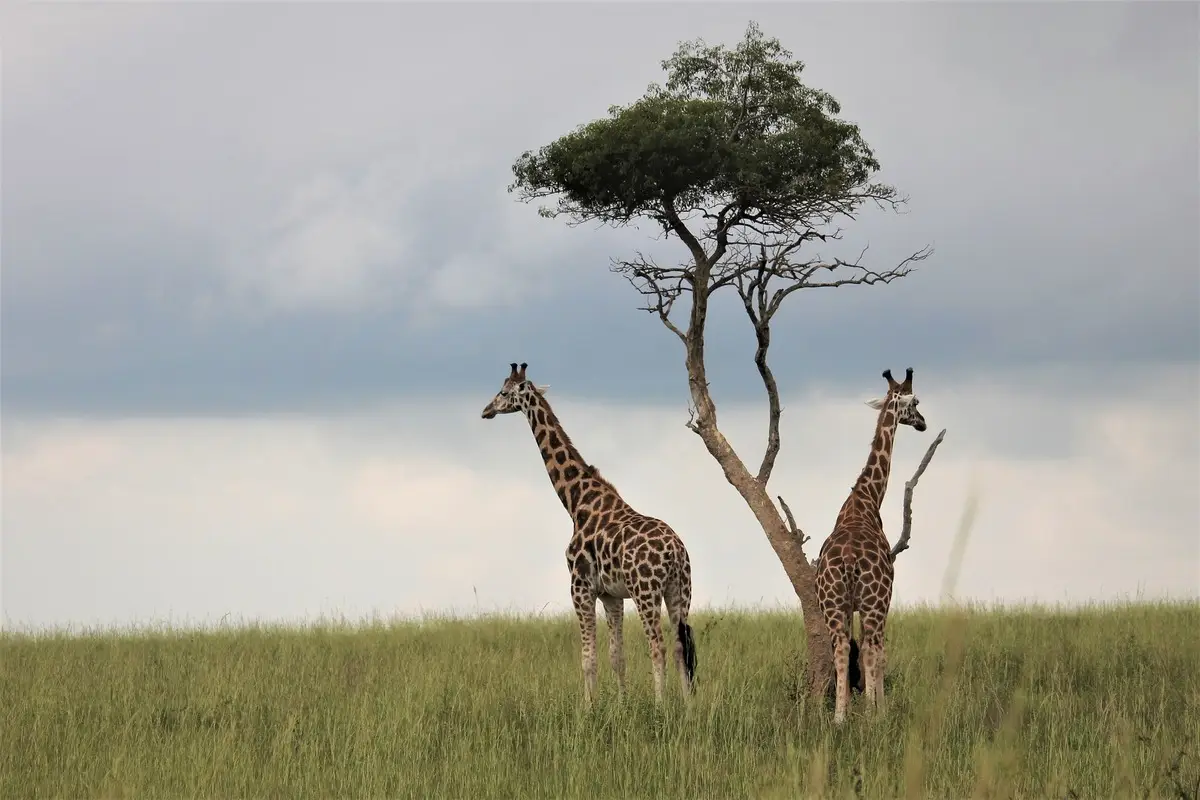
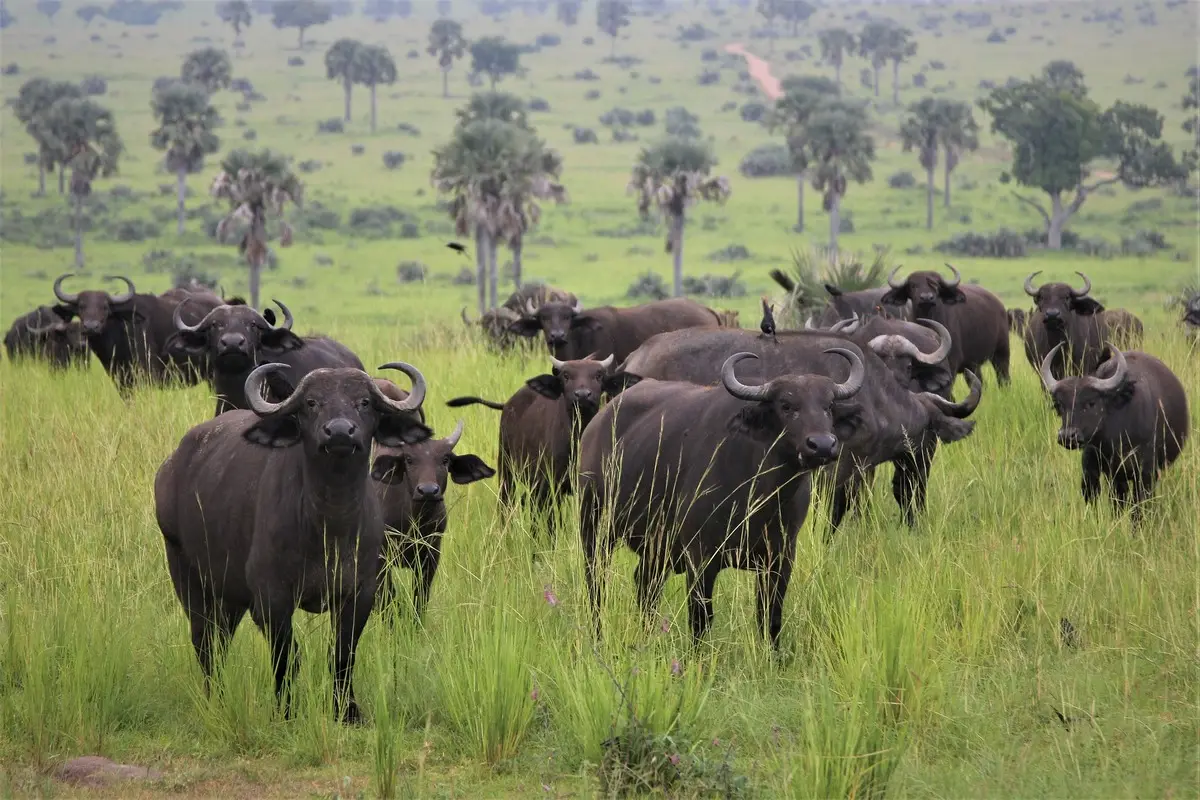
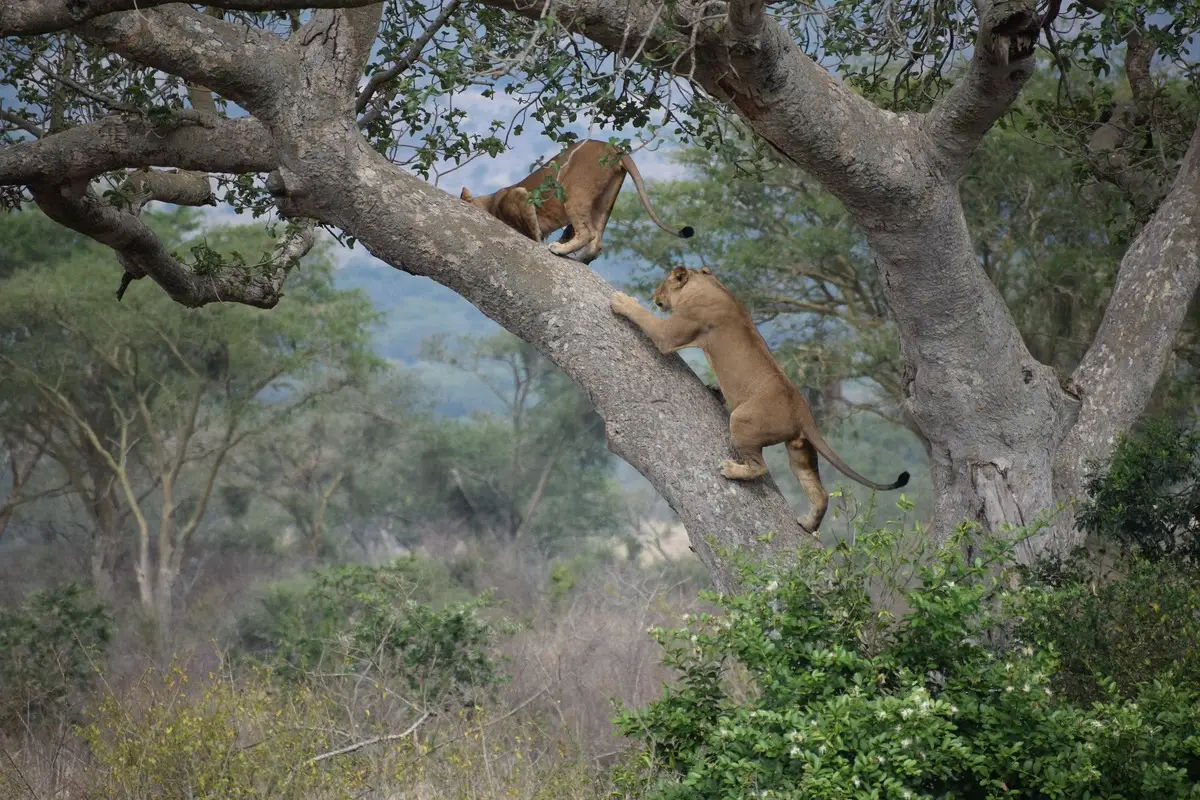
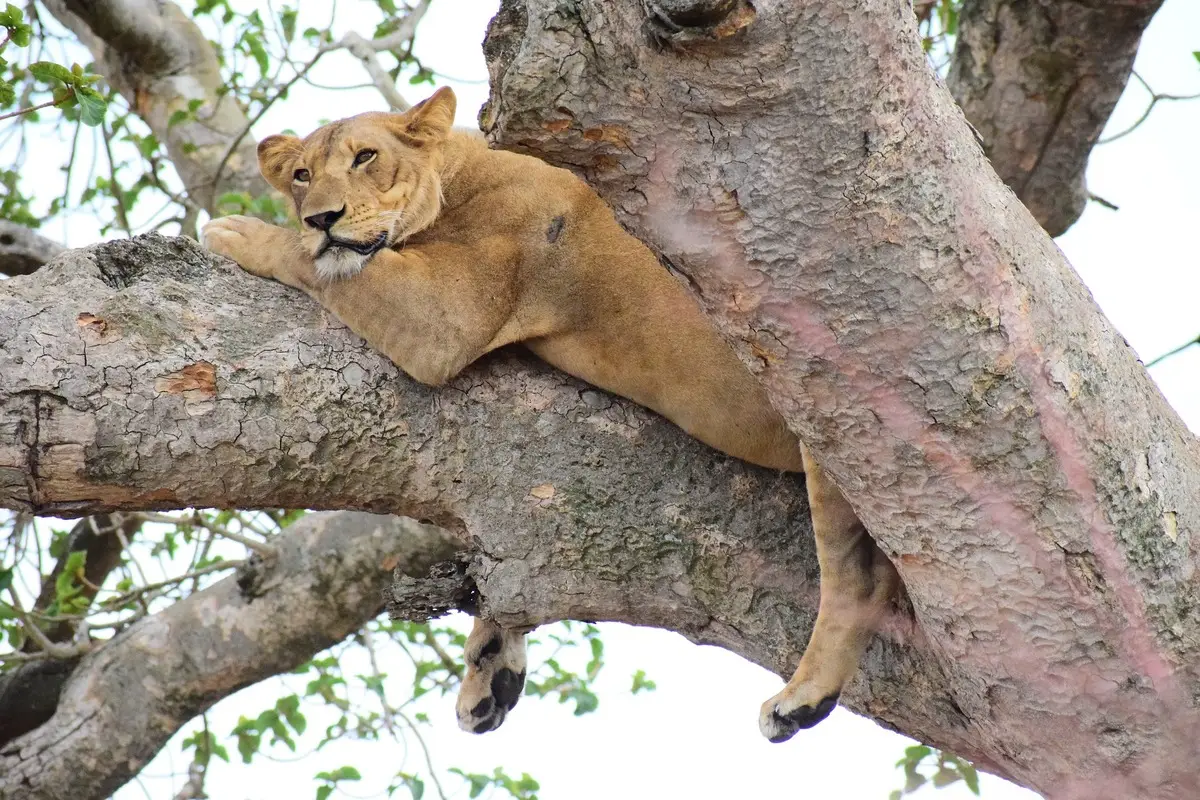
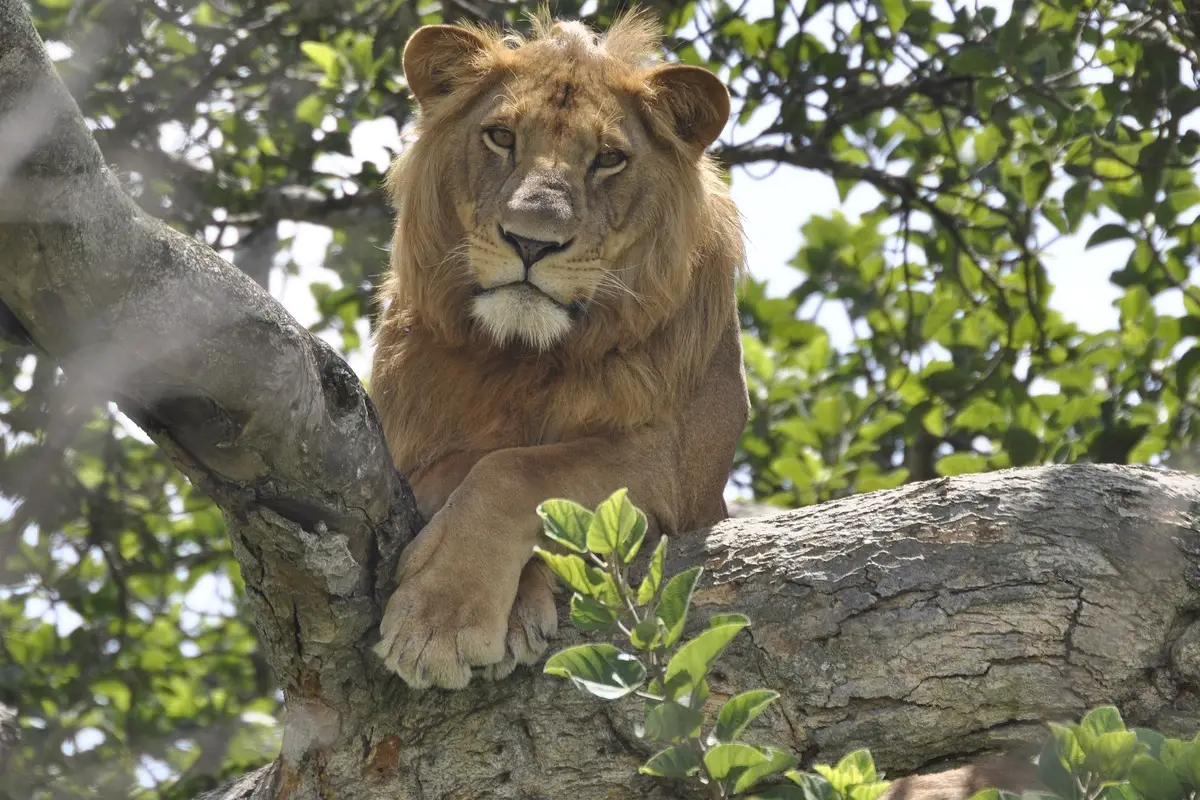
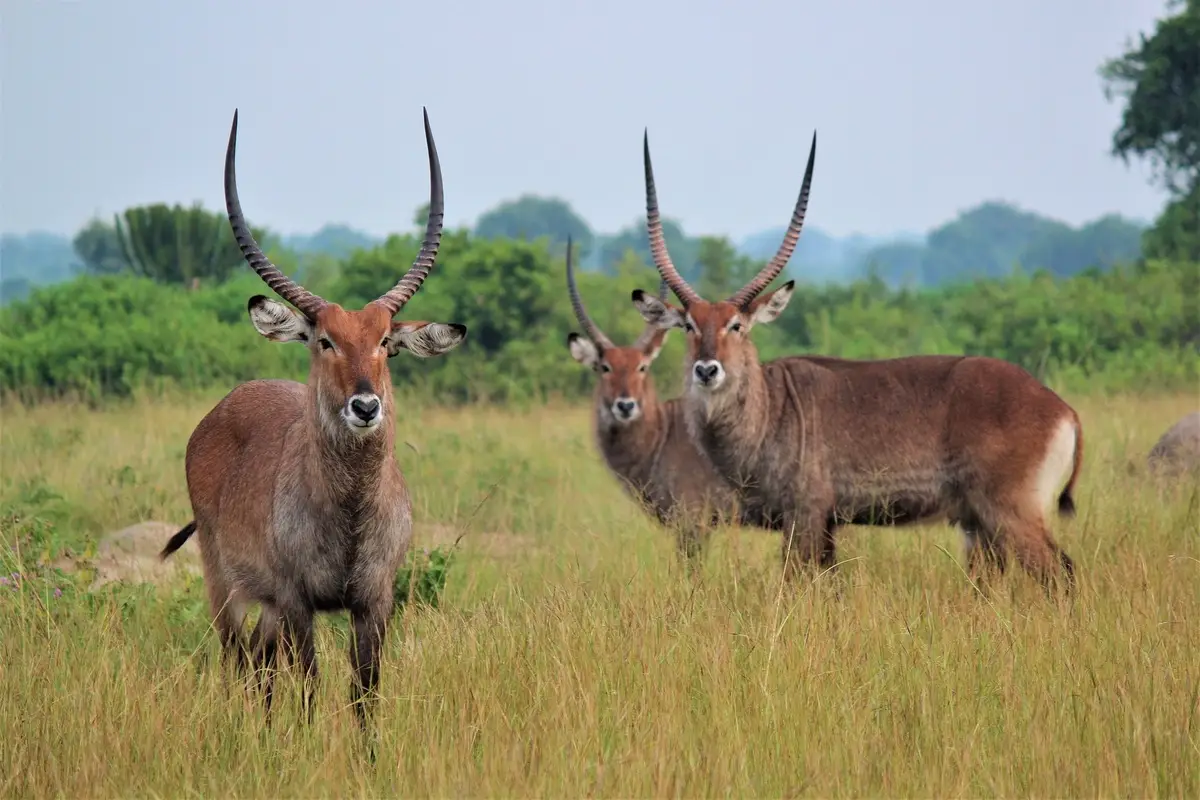
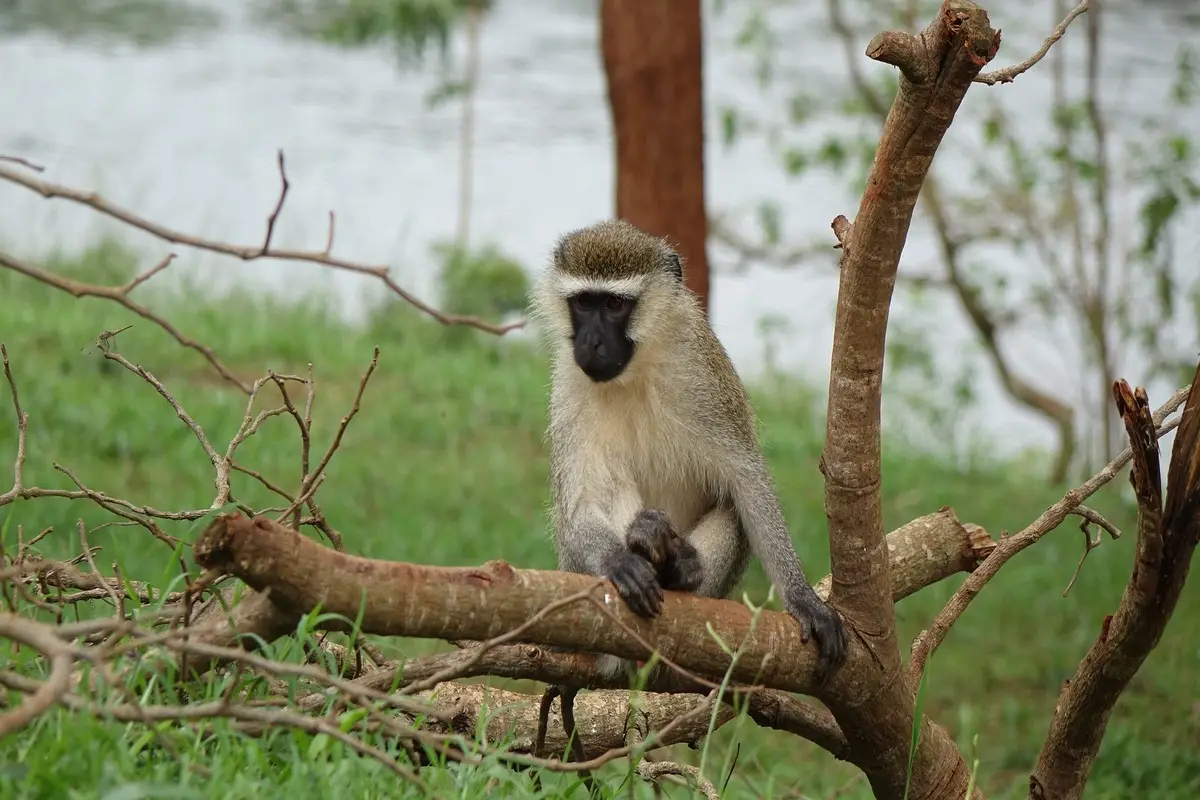
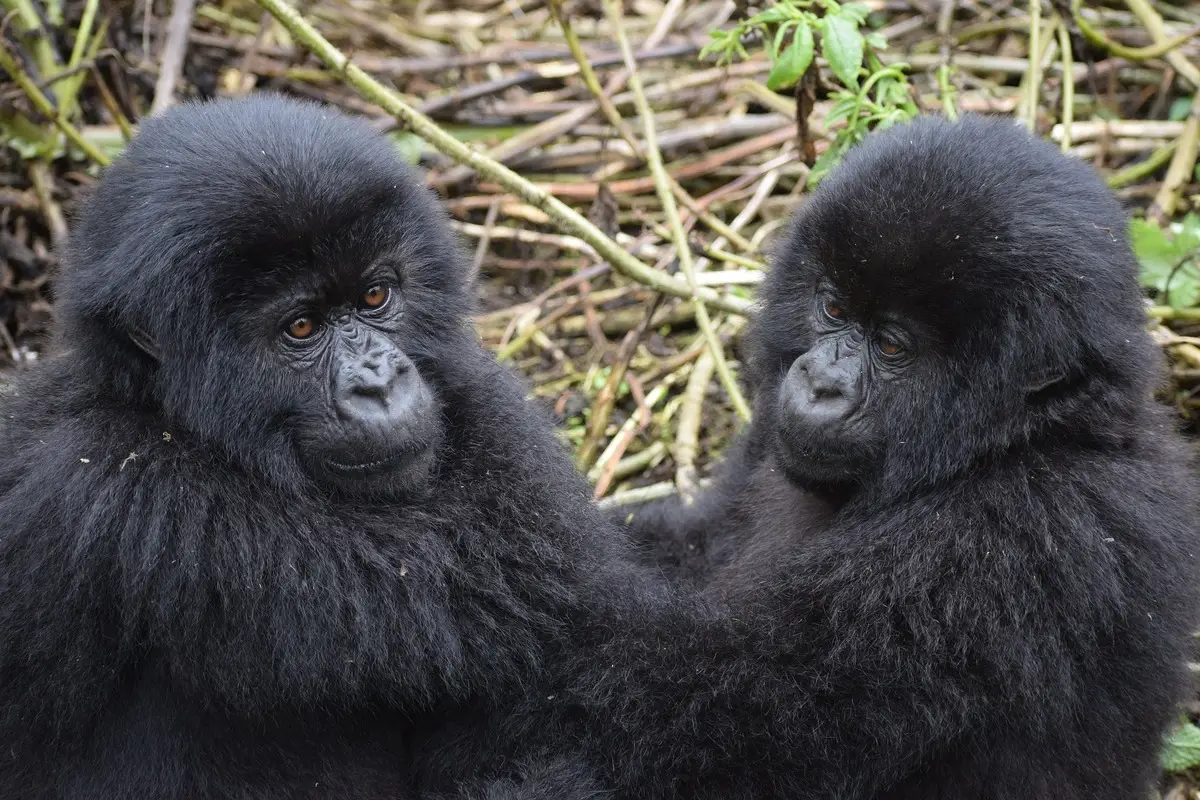
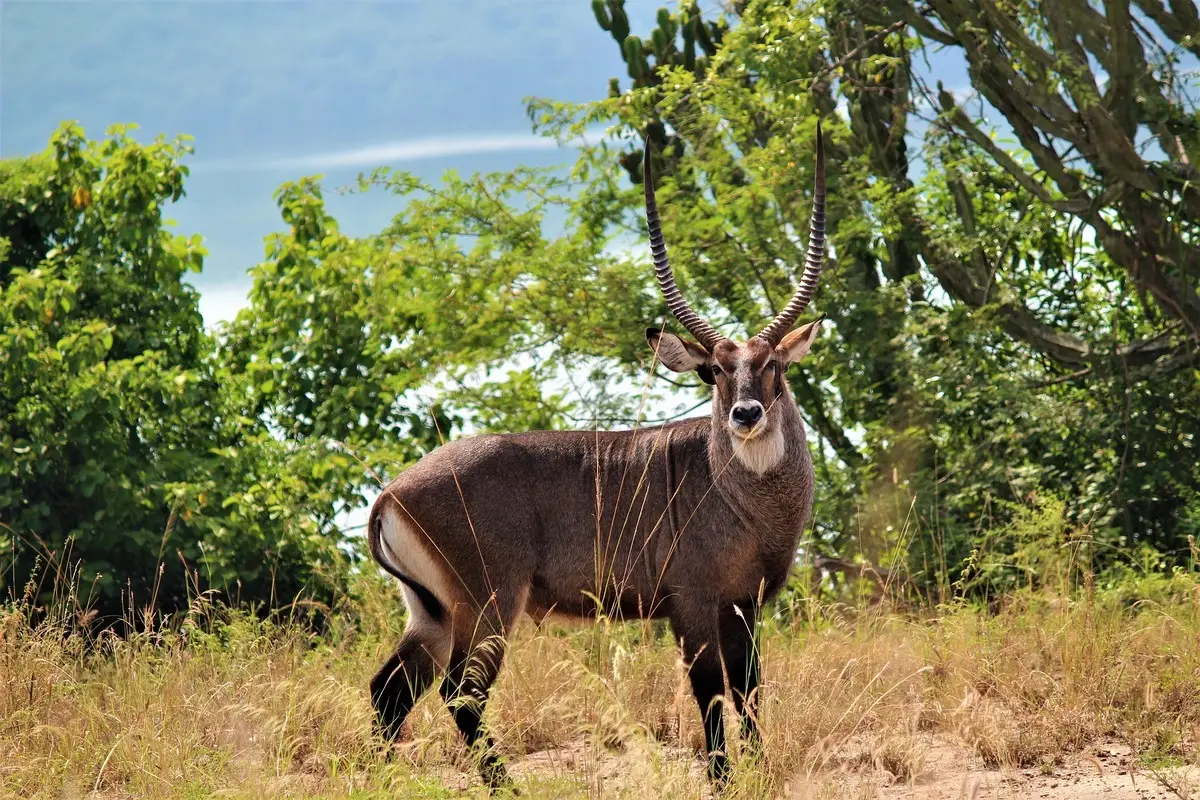

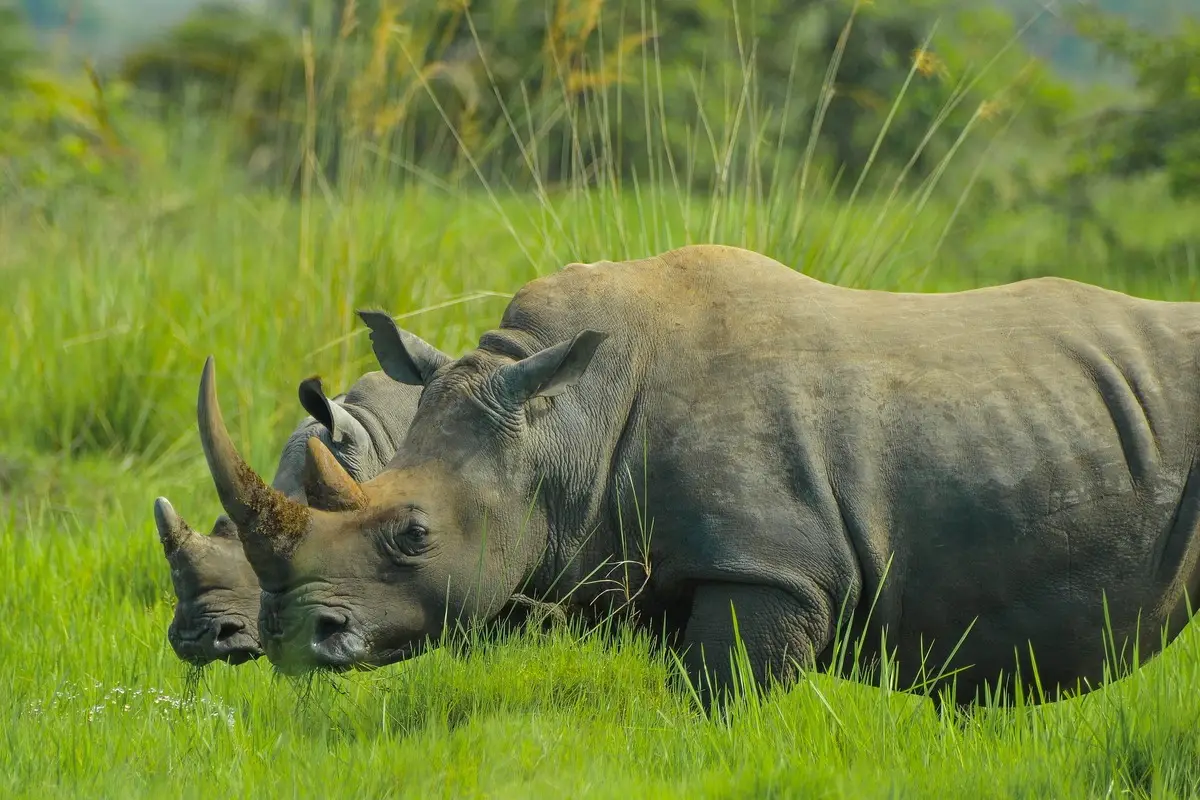
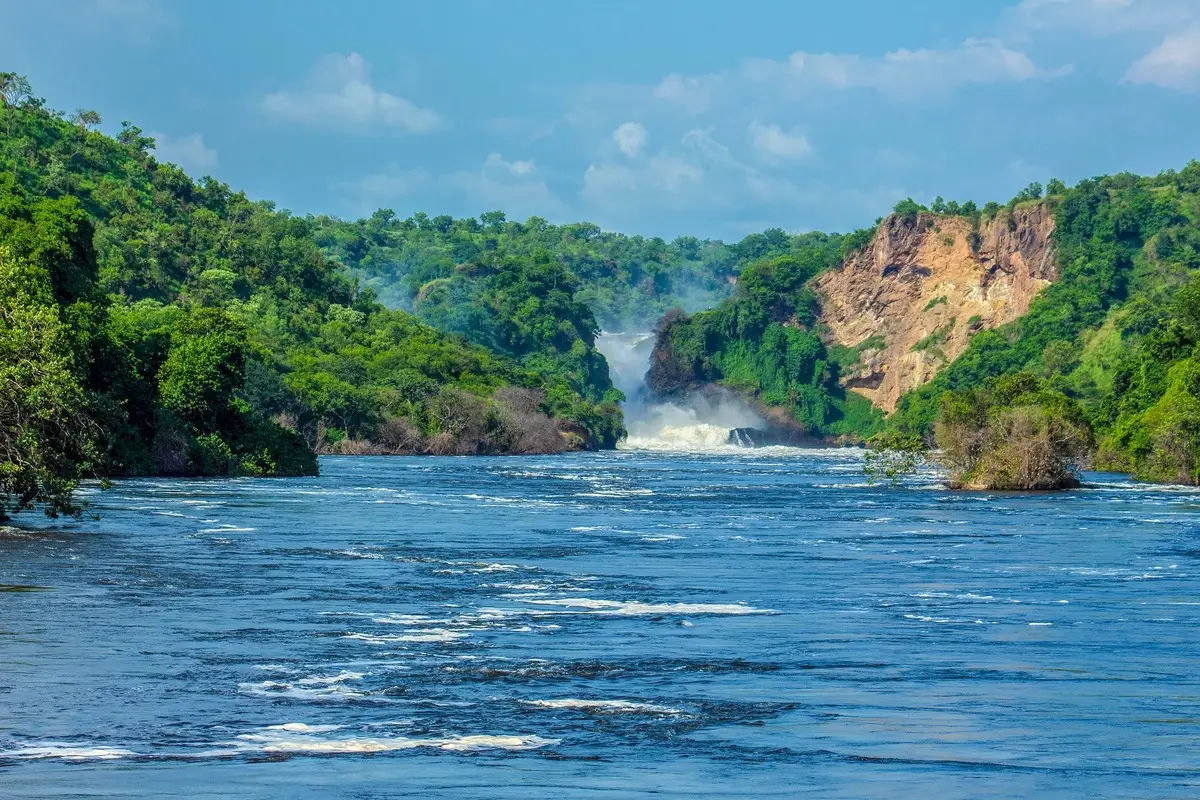
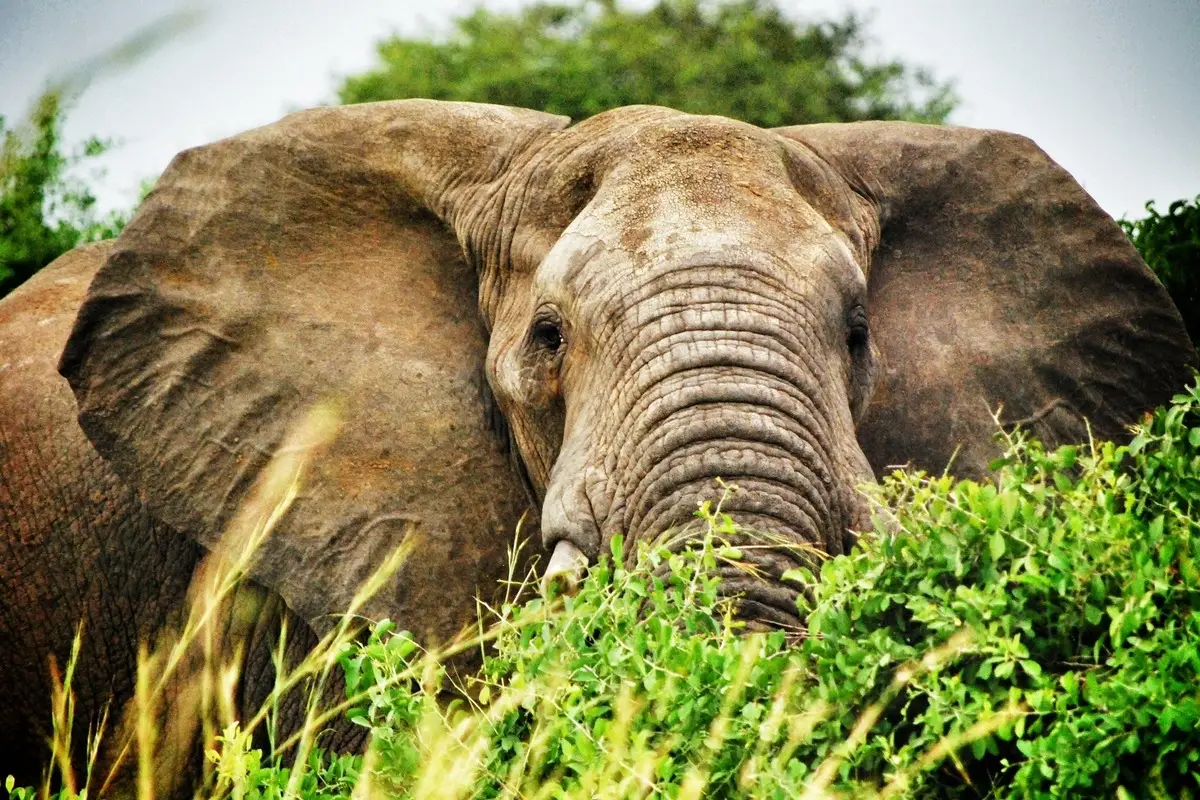
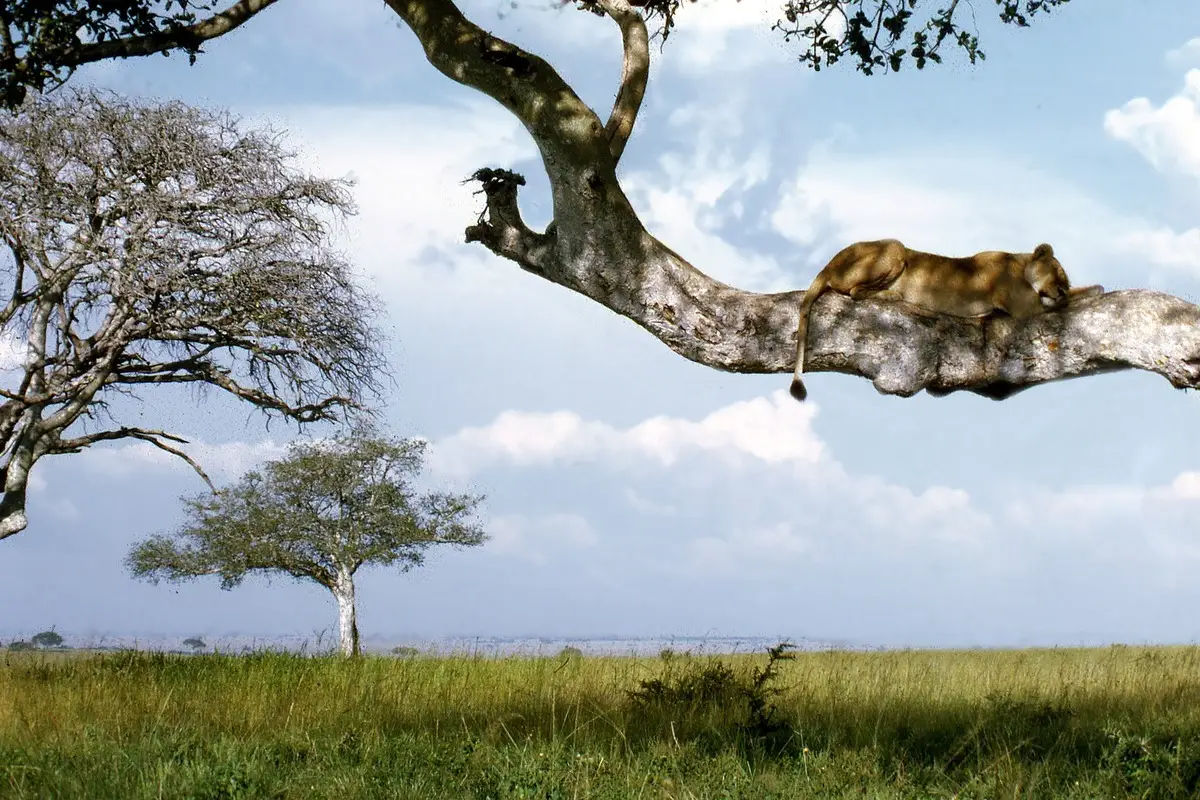
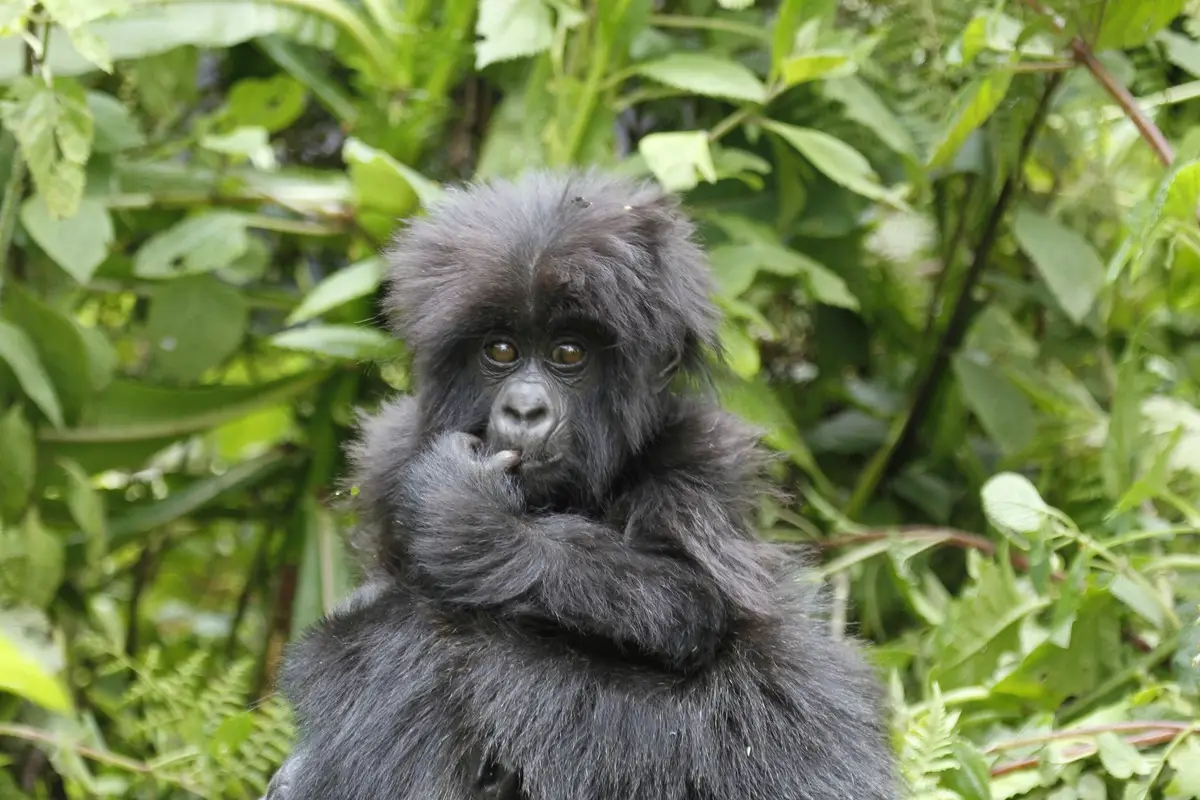
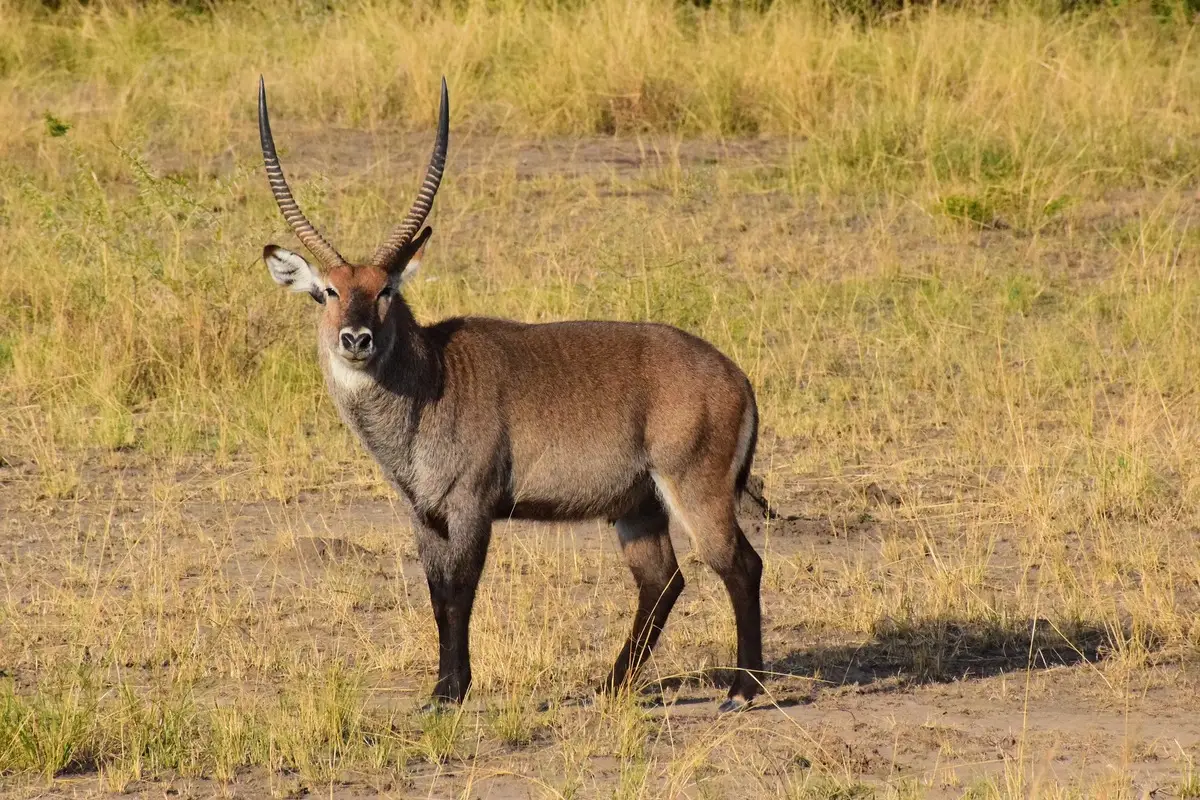
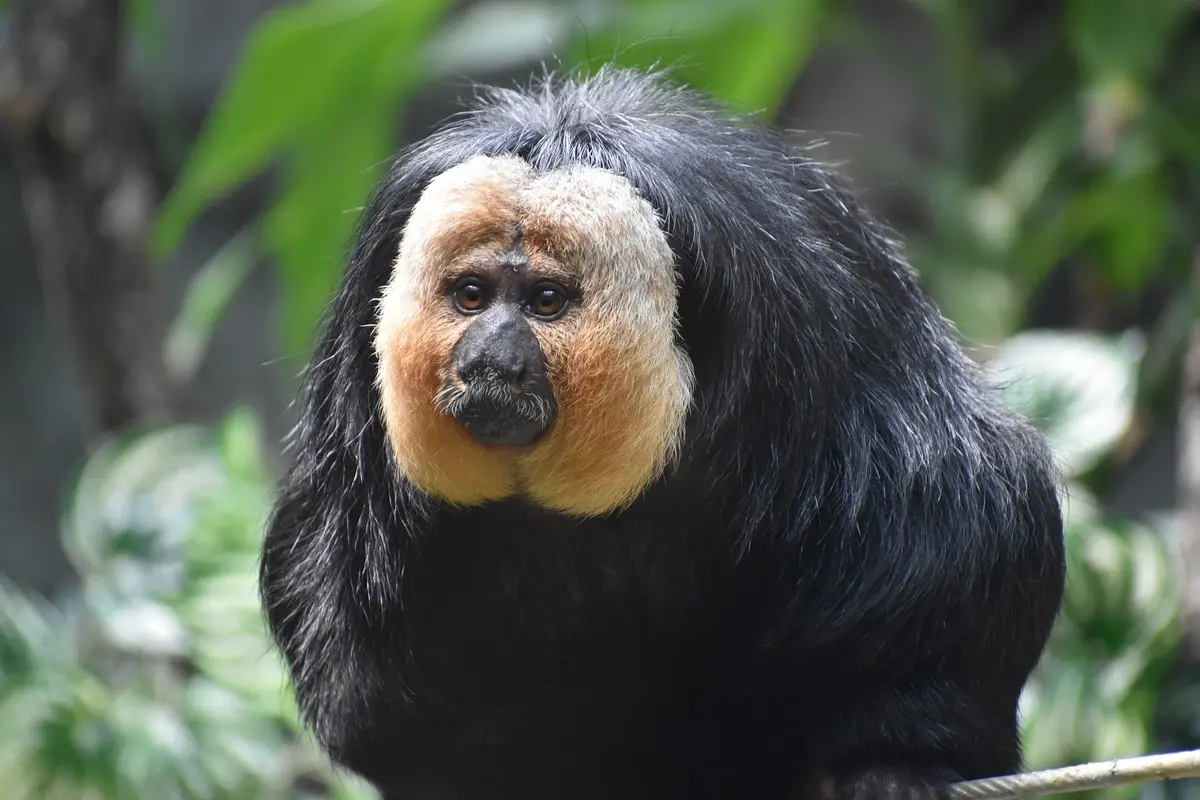
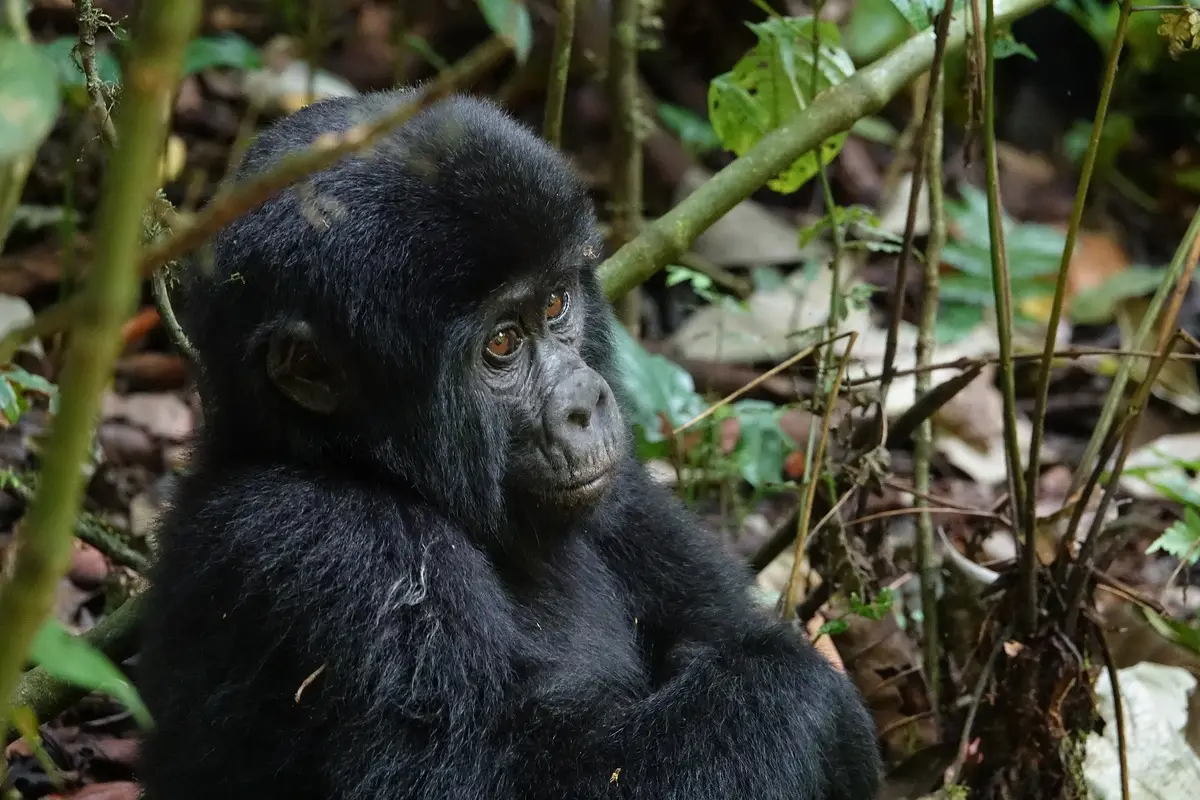
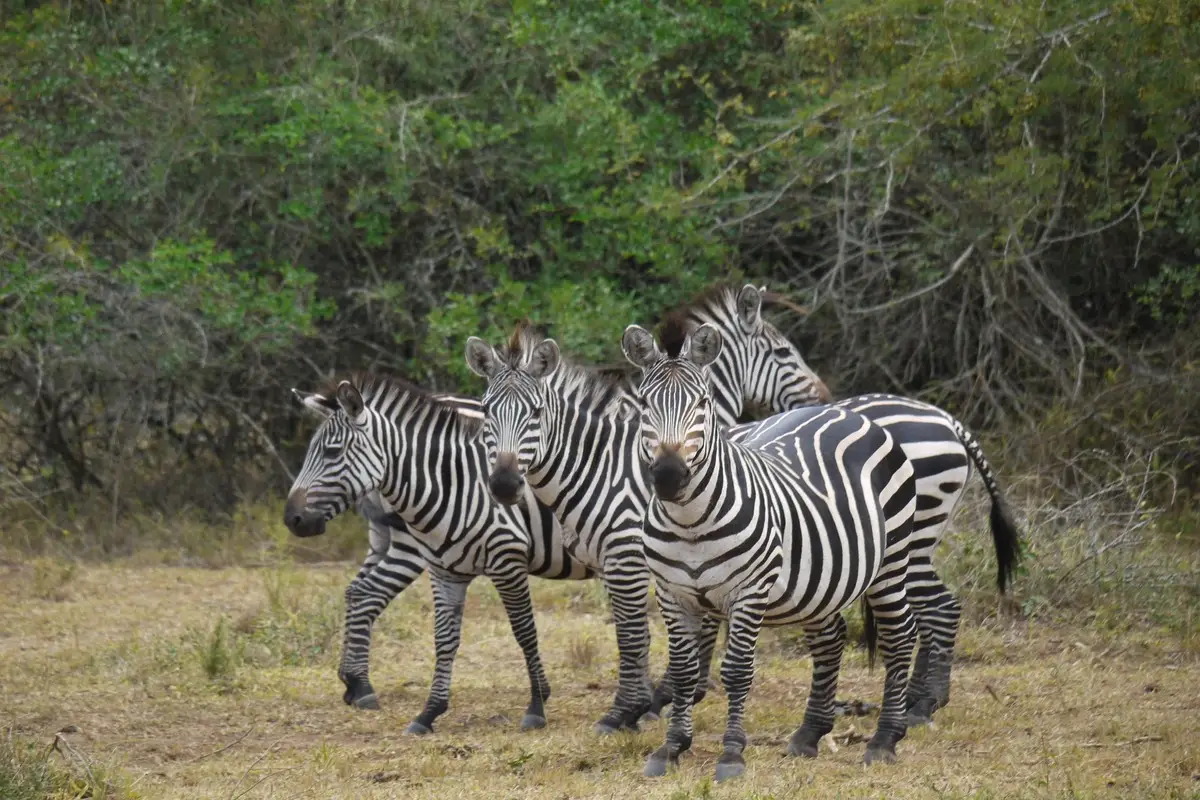






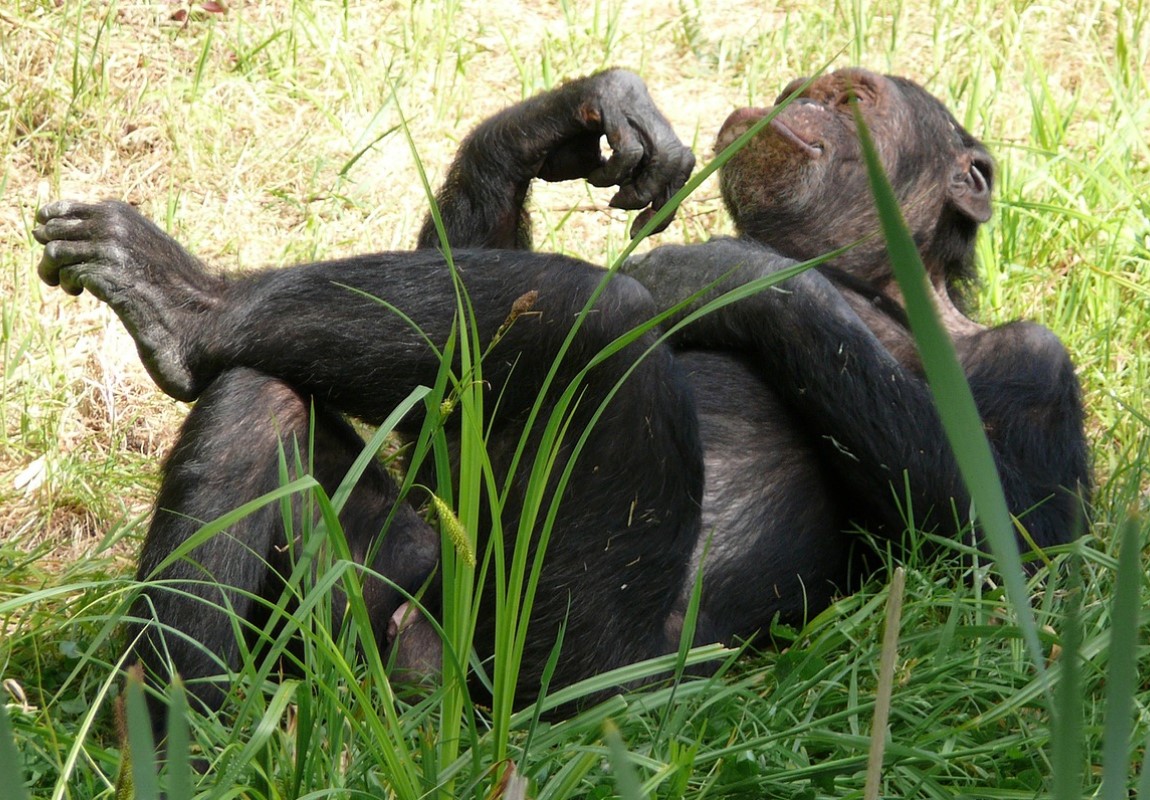

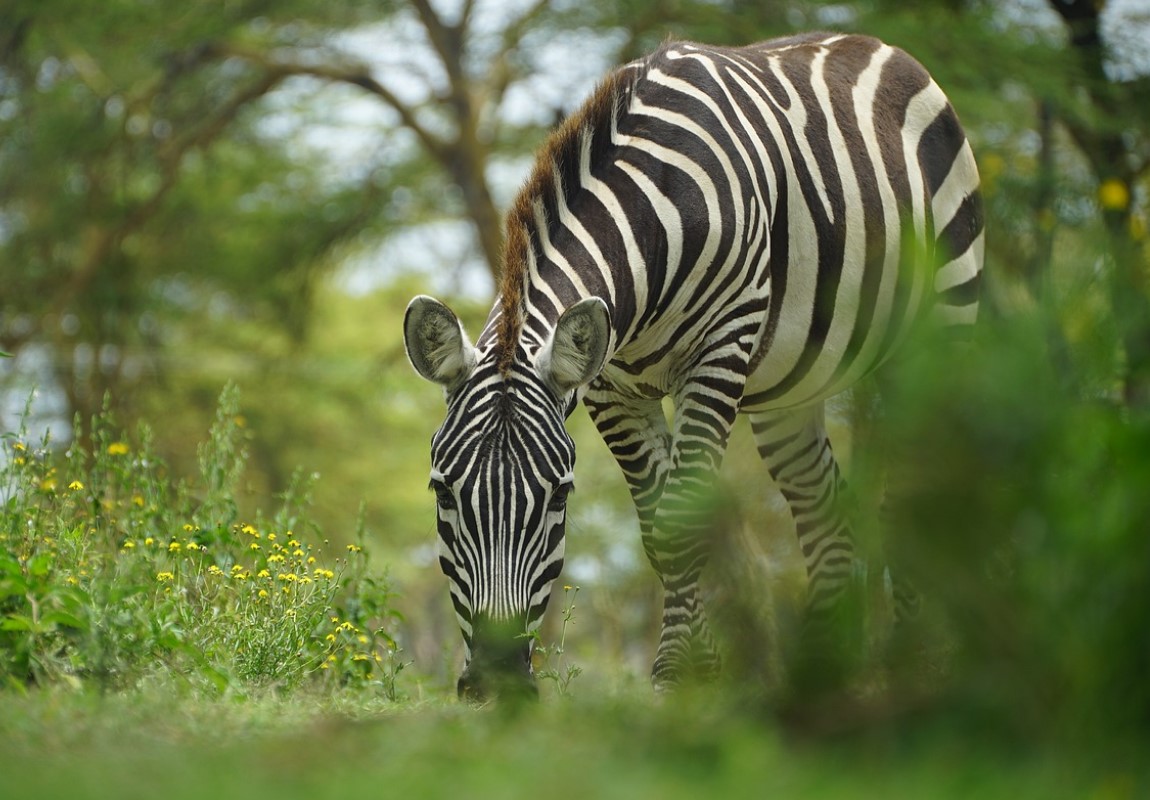
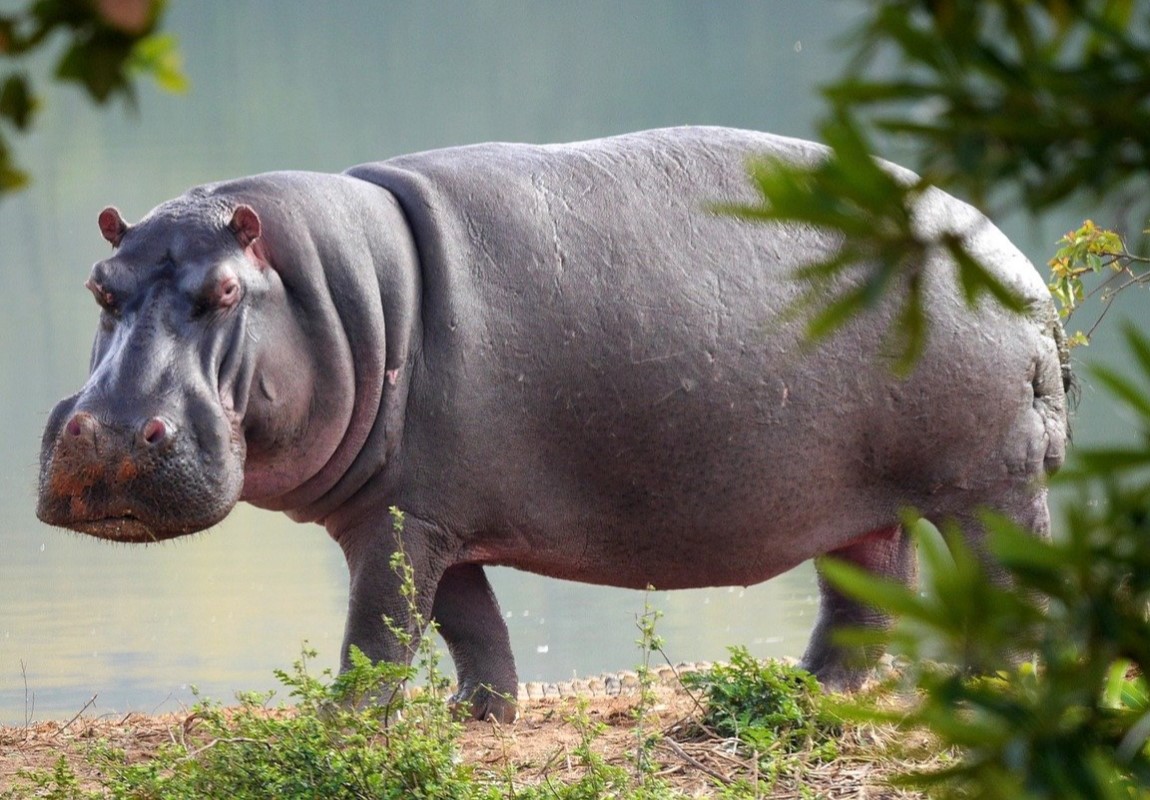




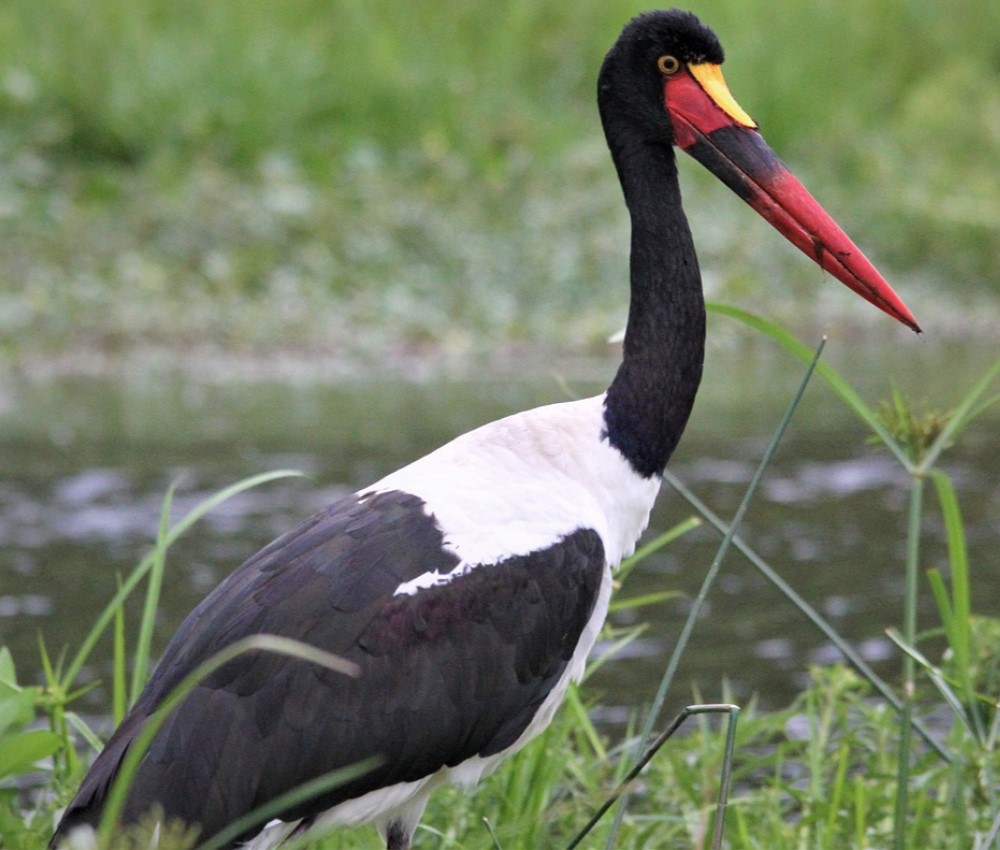
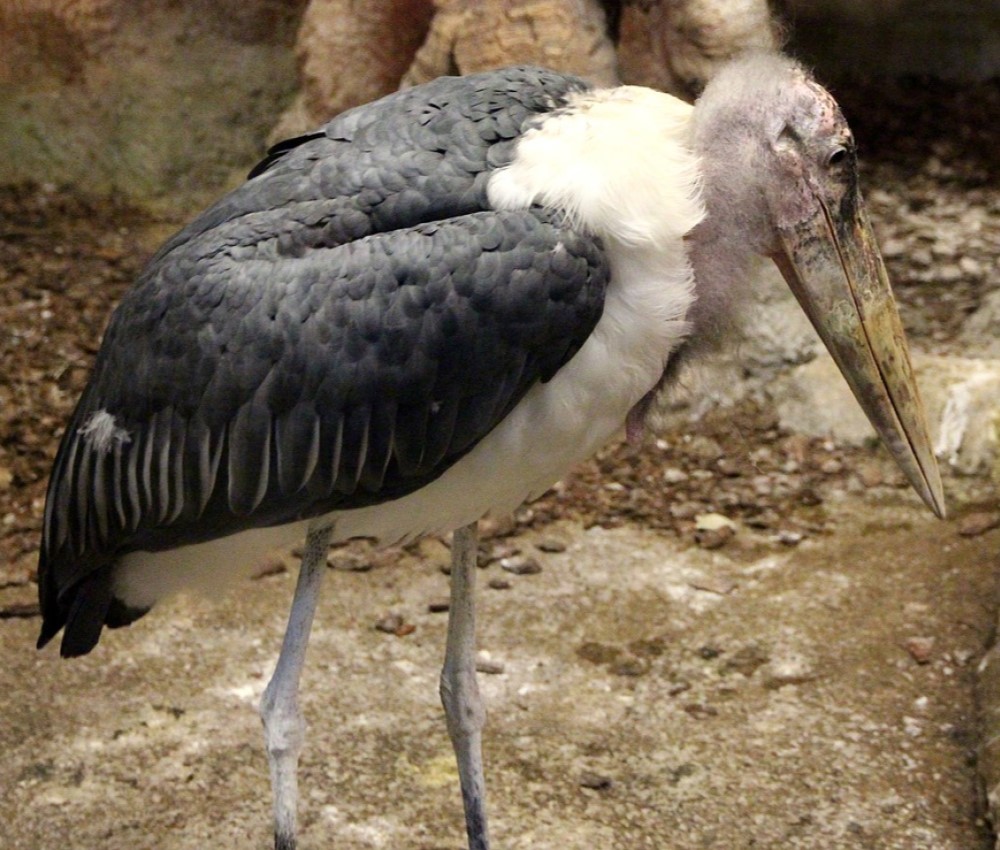

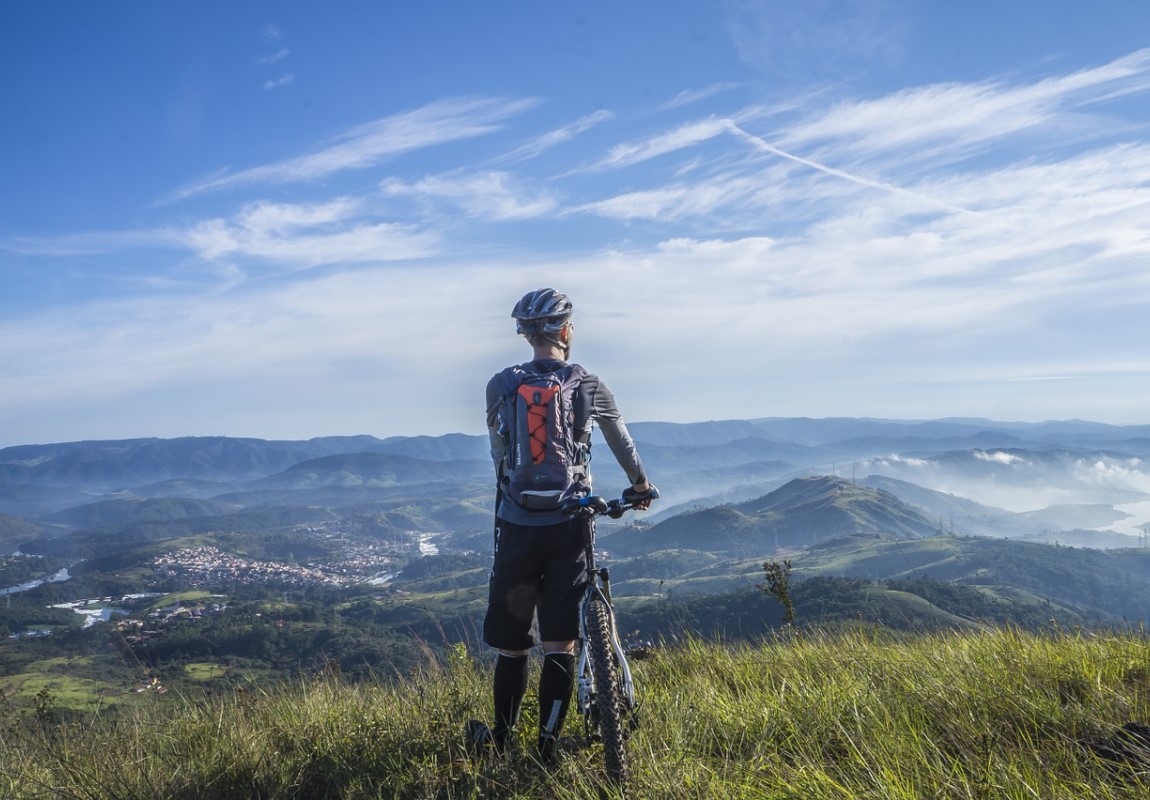


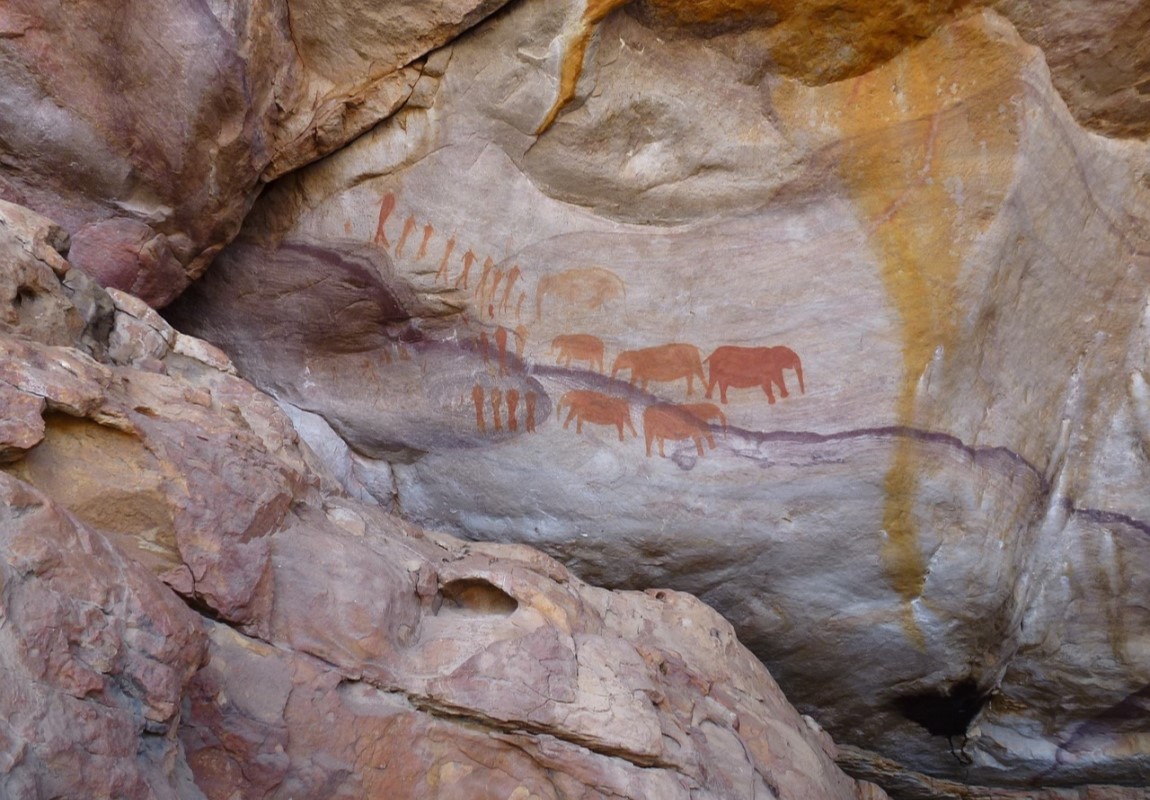





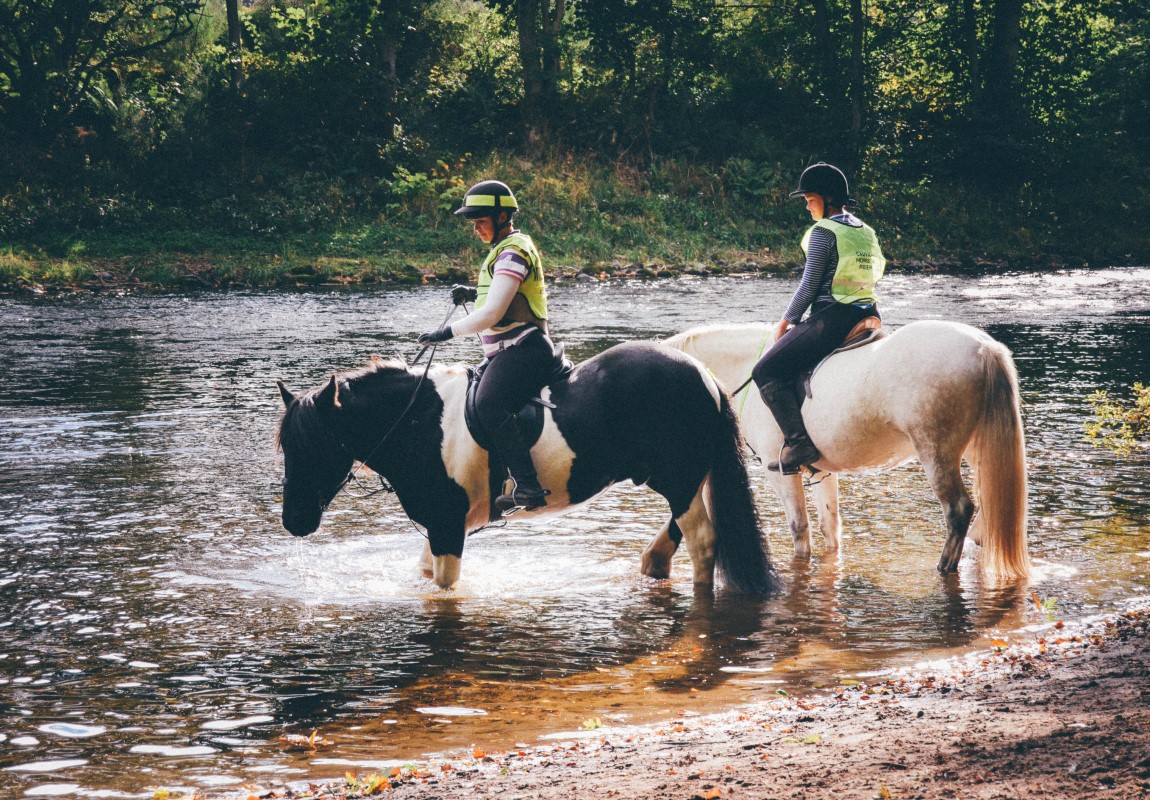


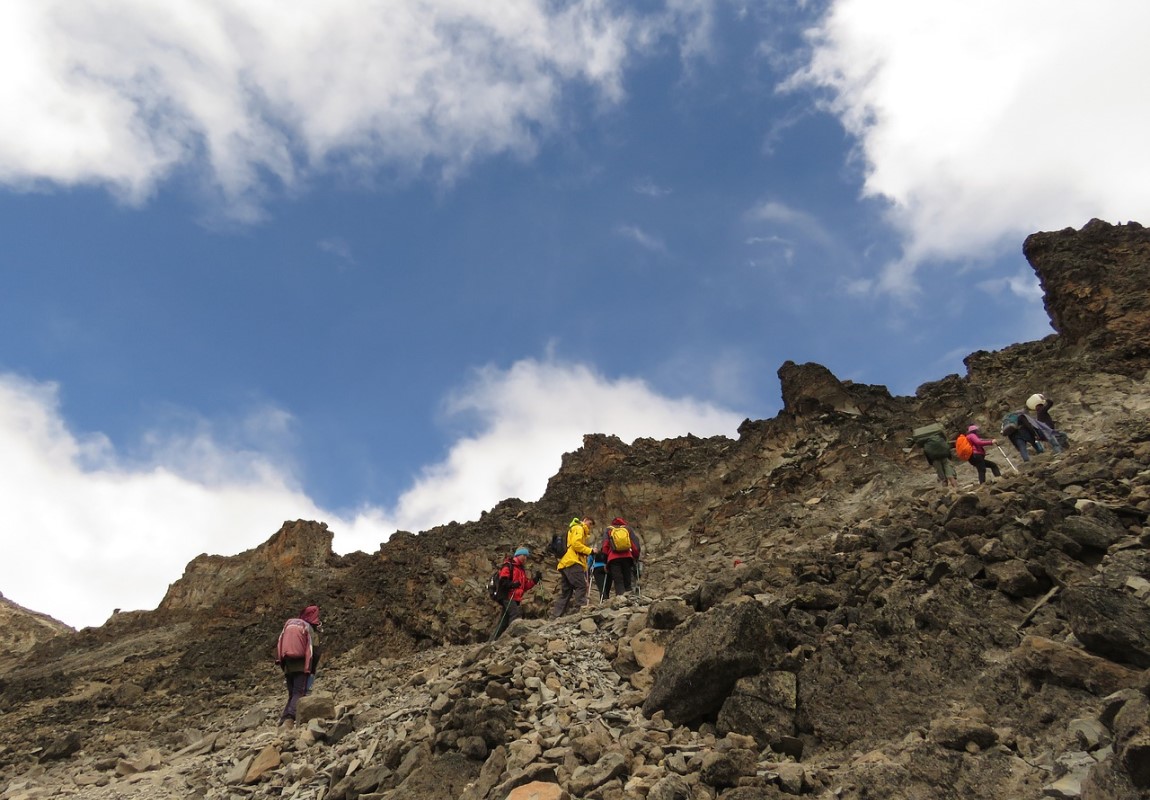
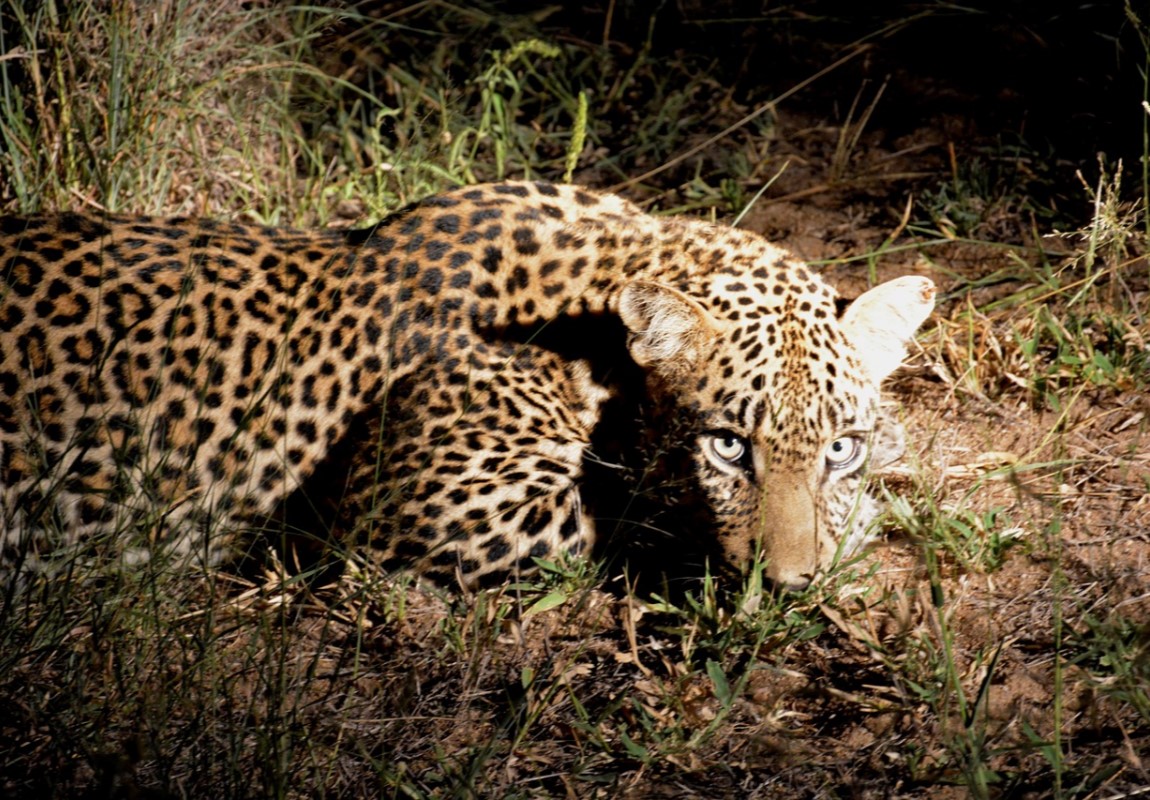


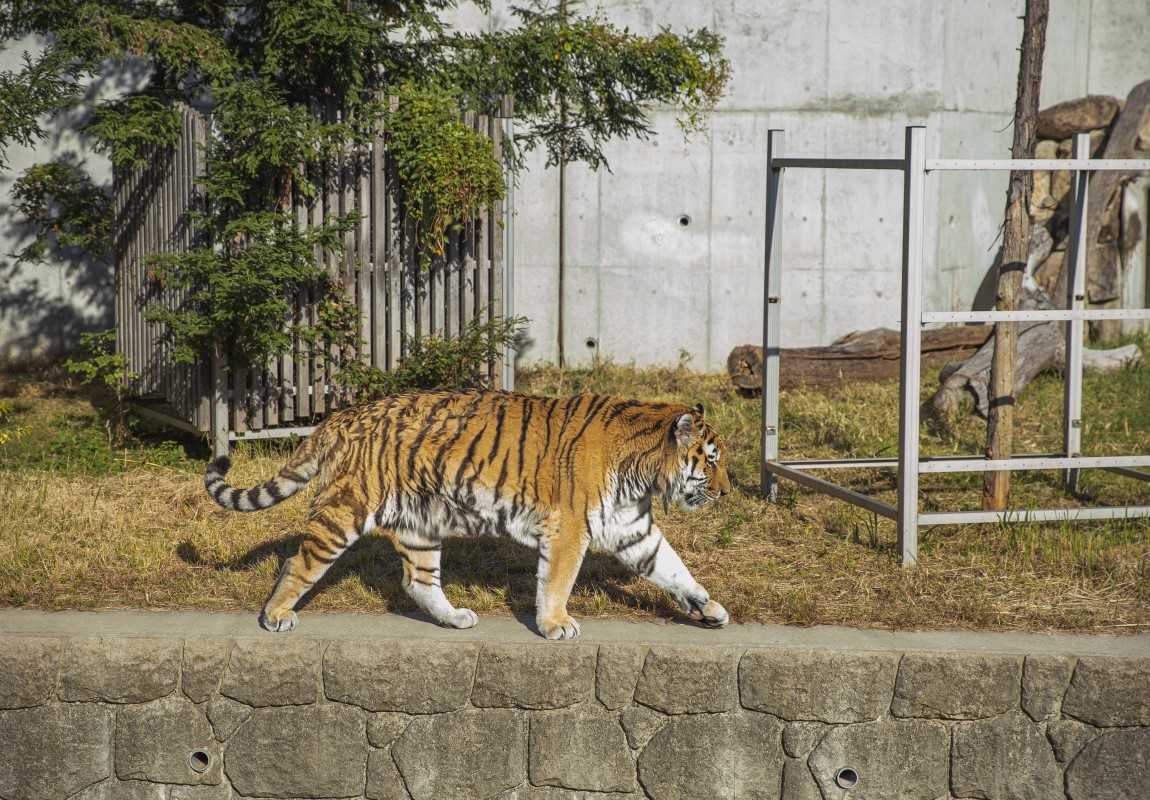


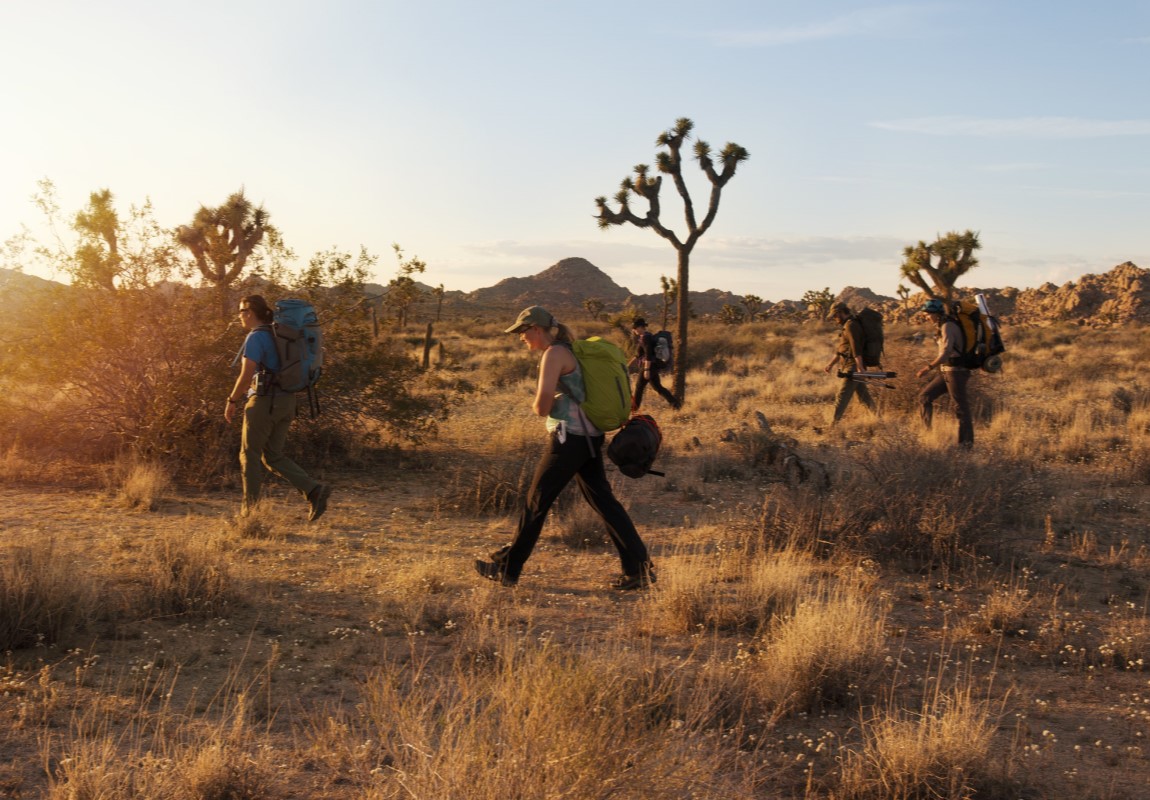




.jpg)
